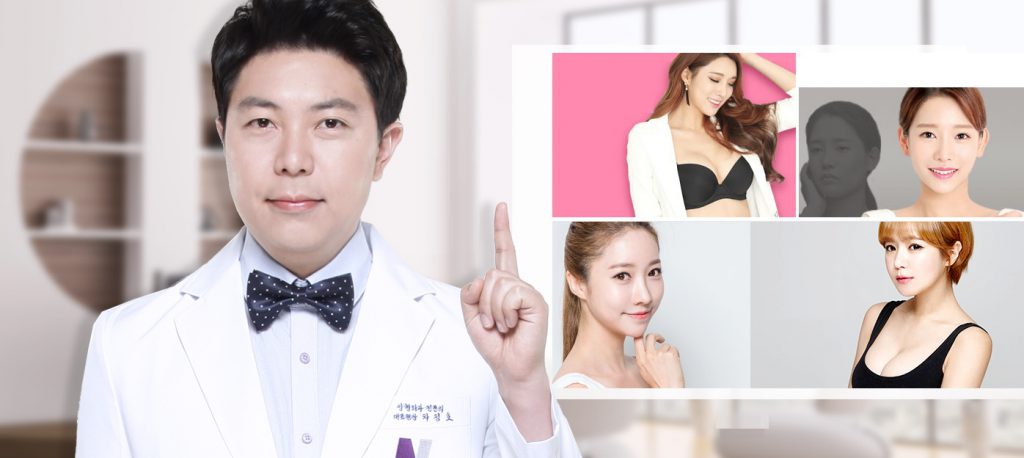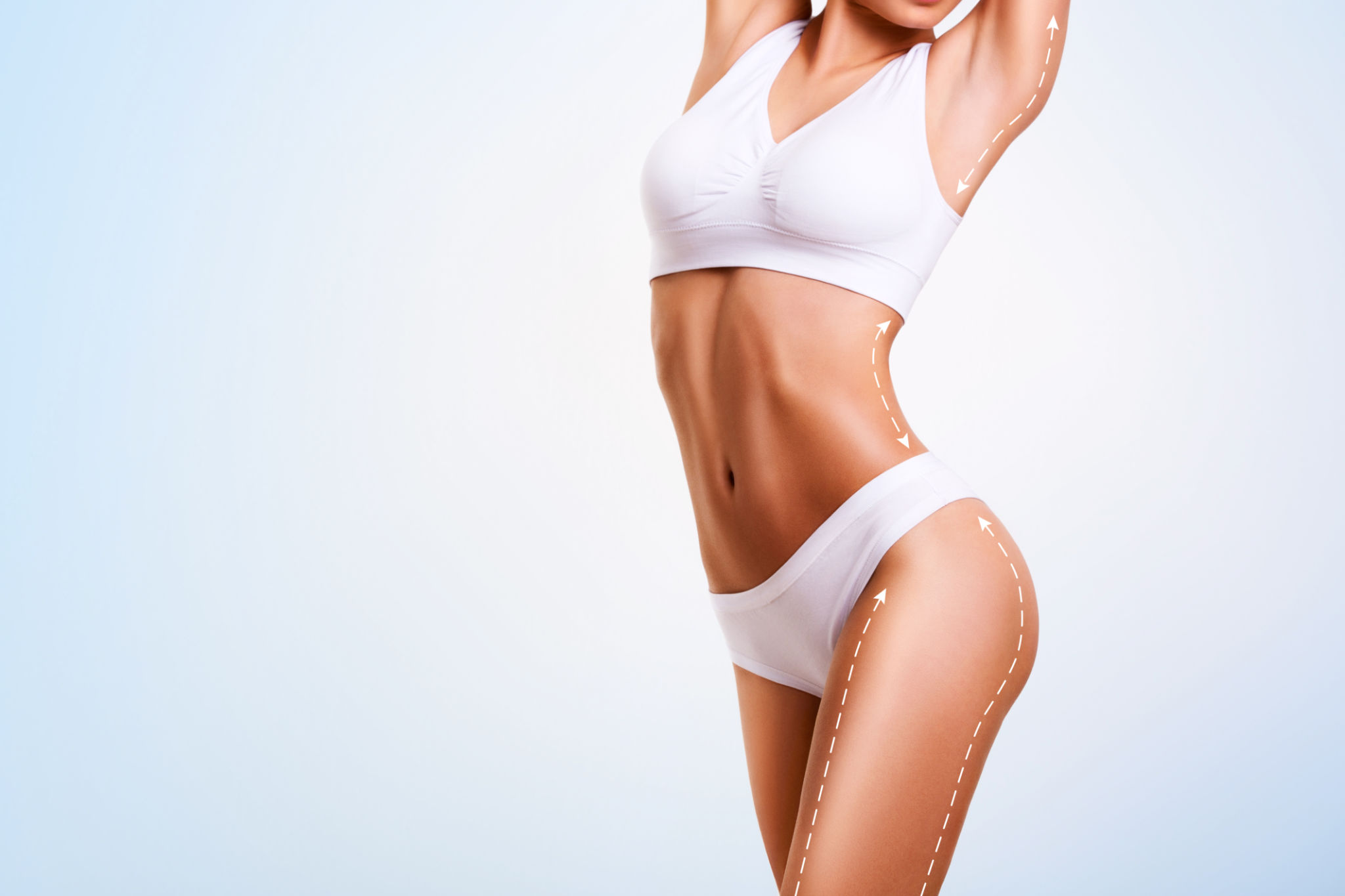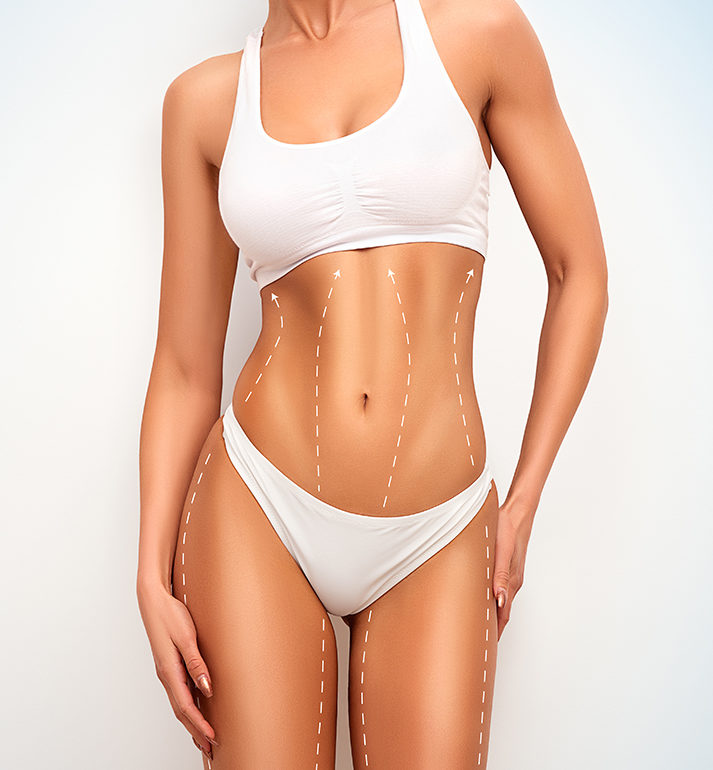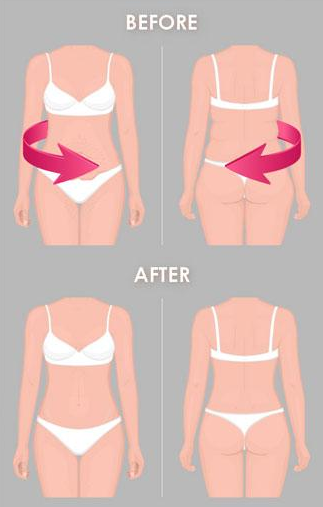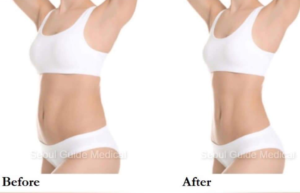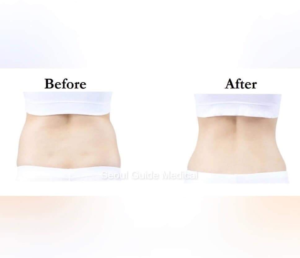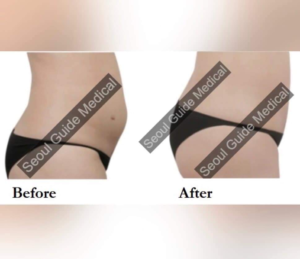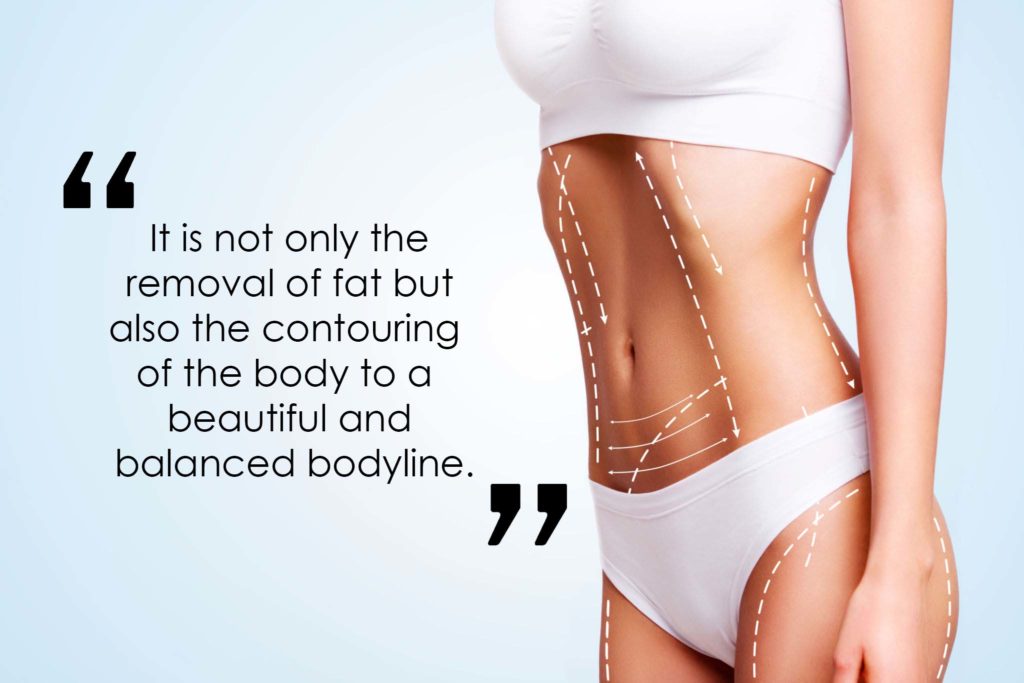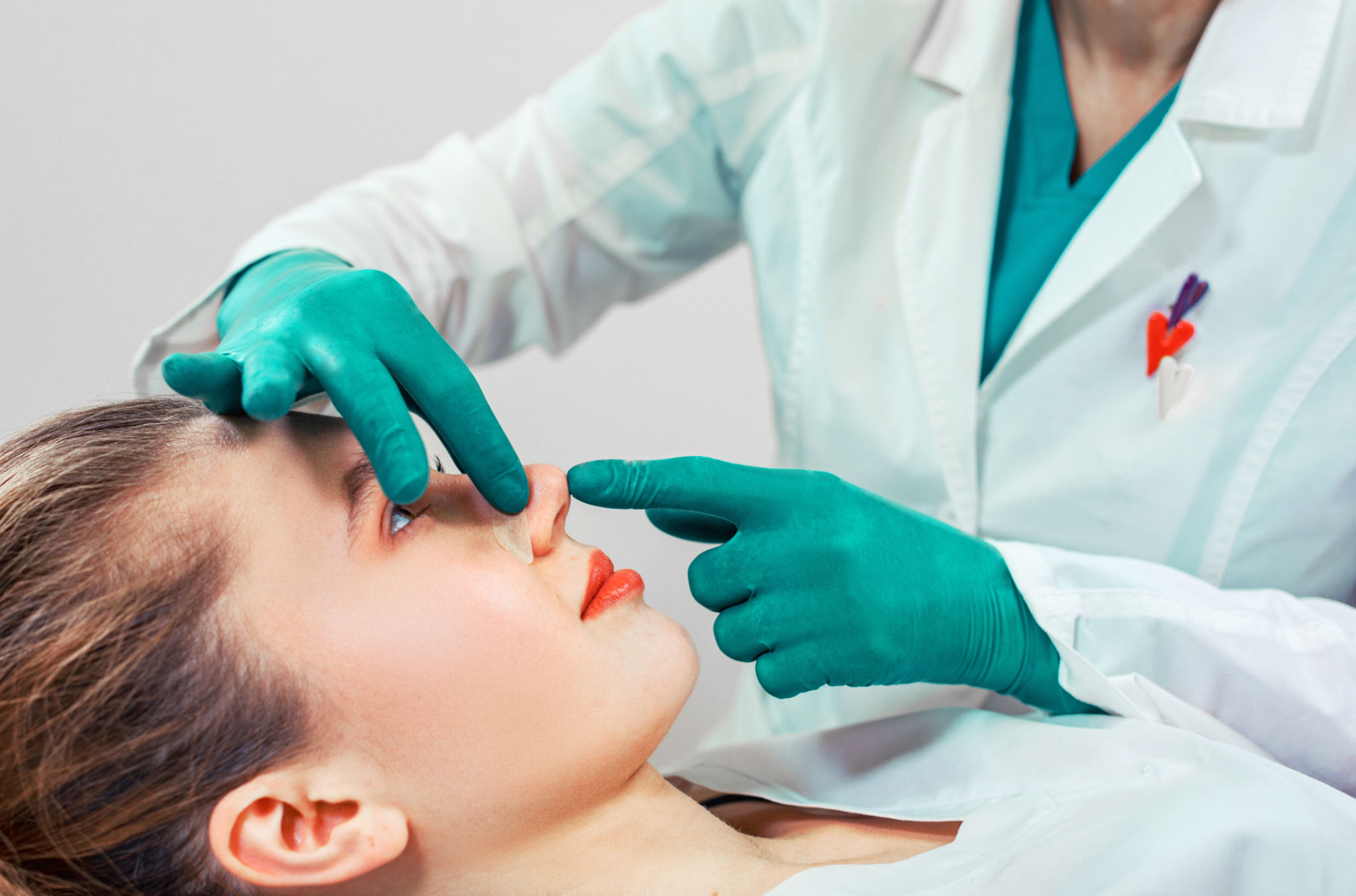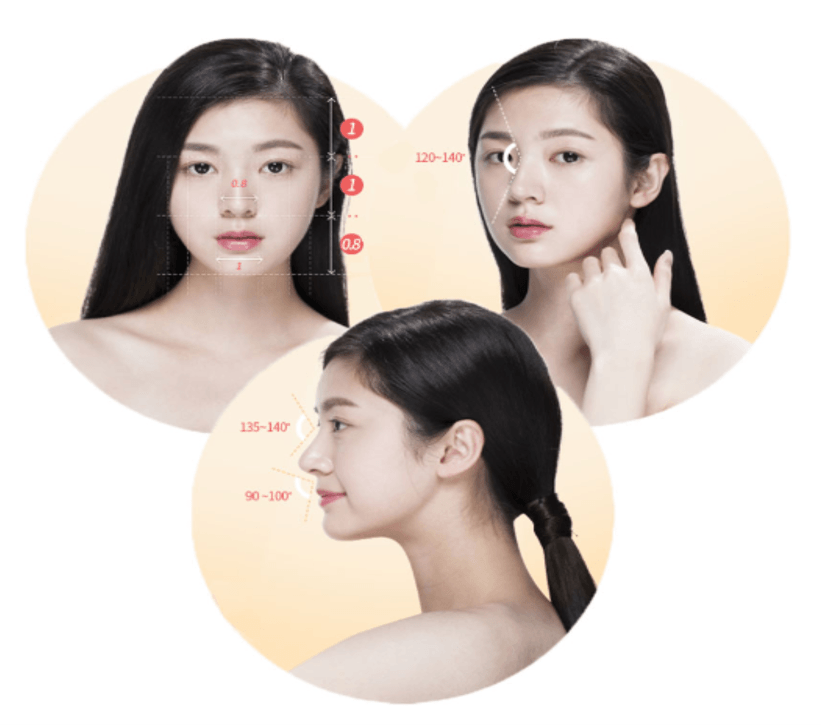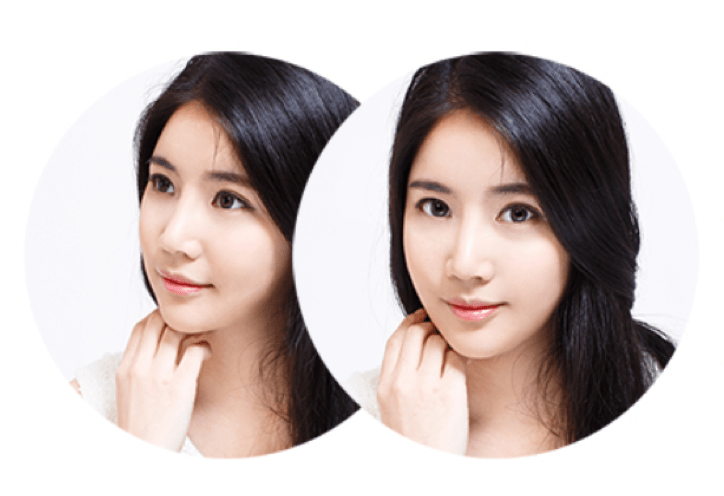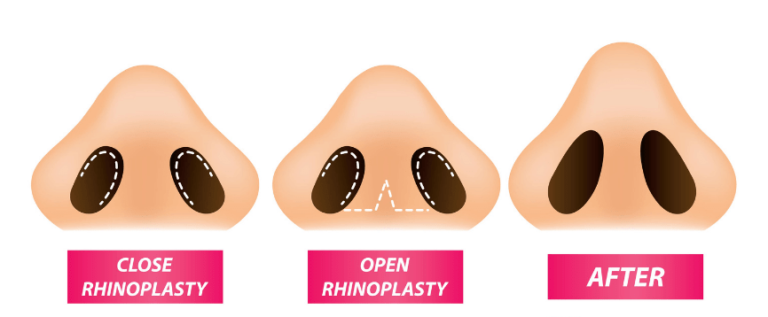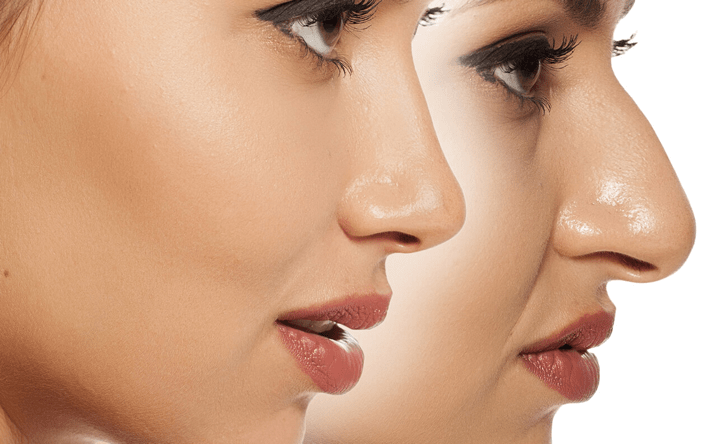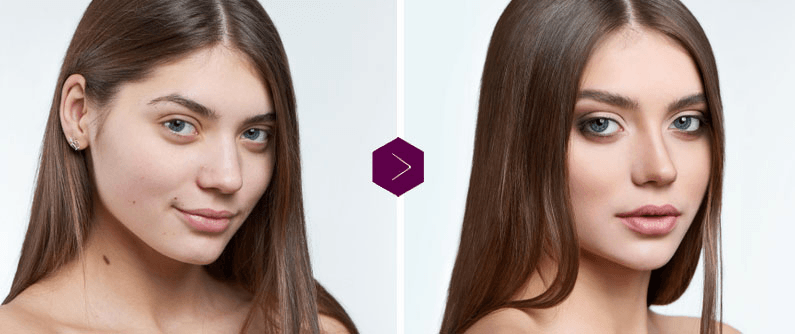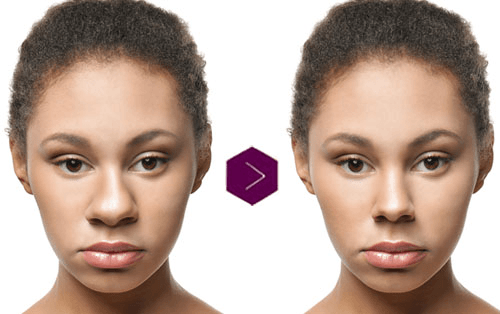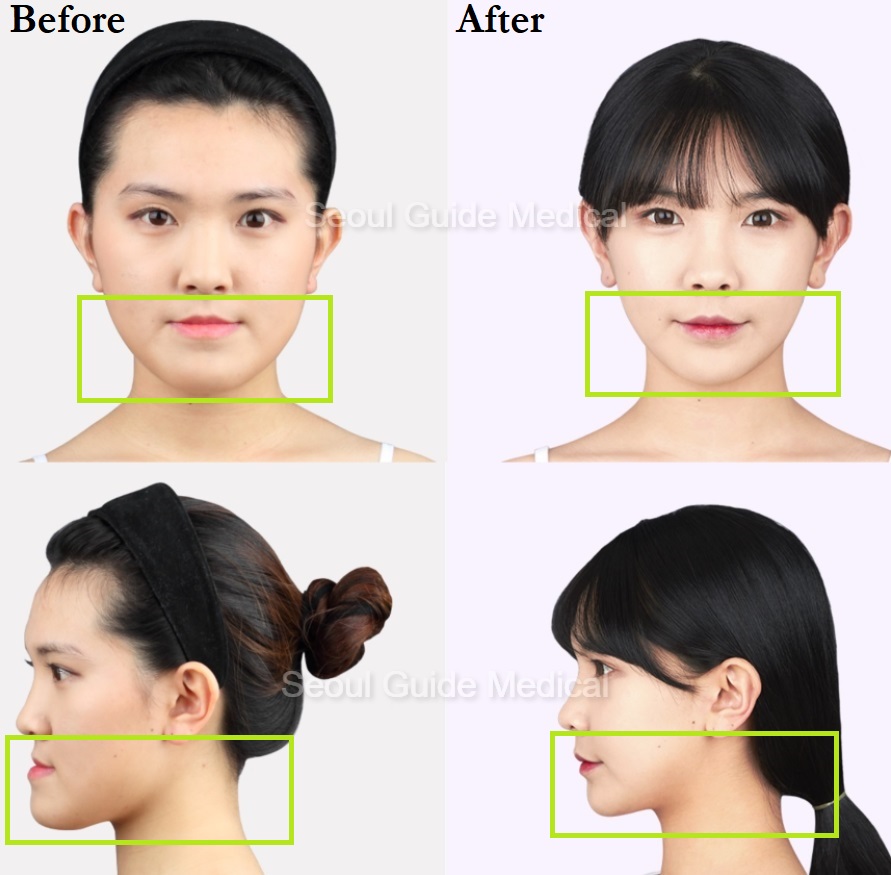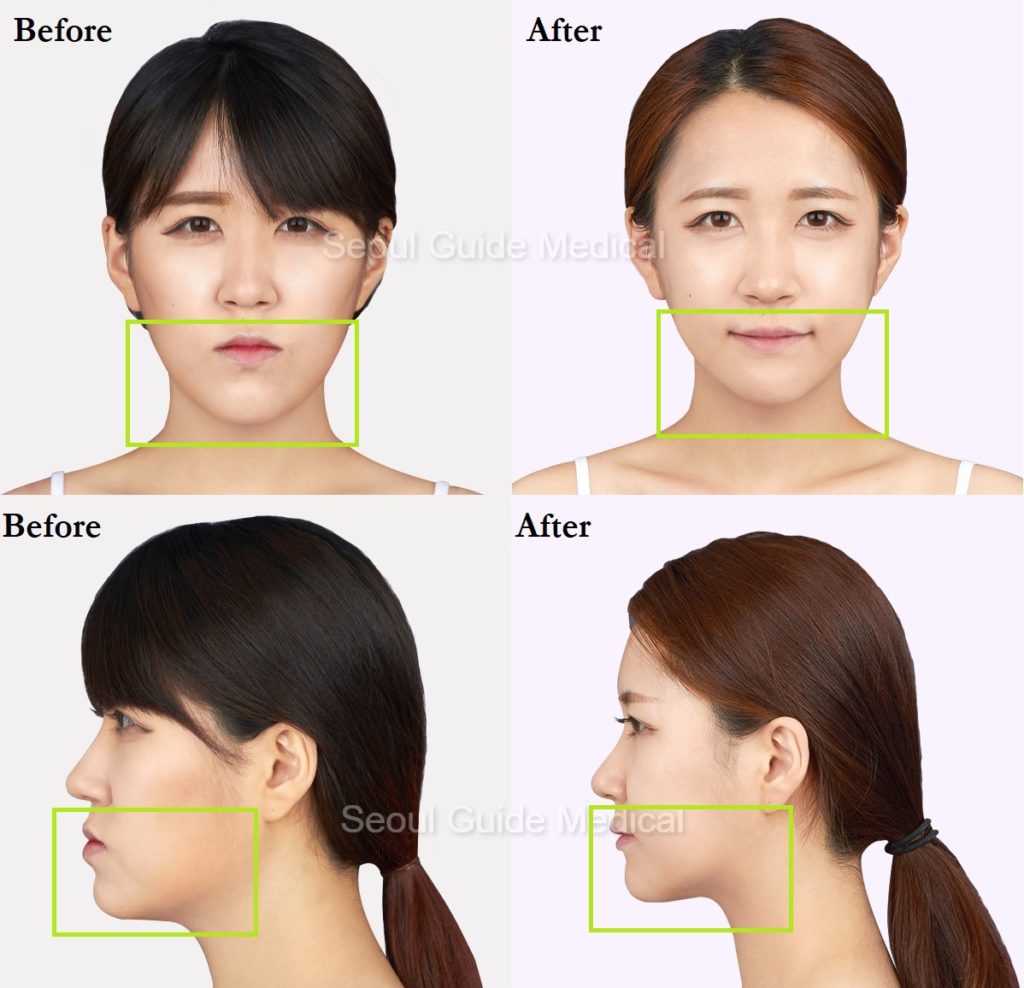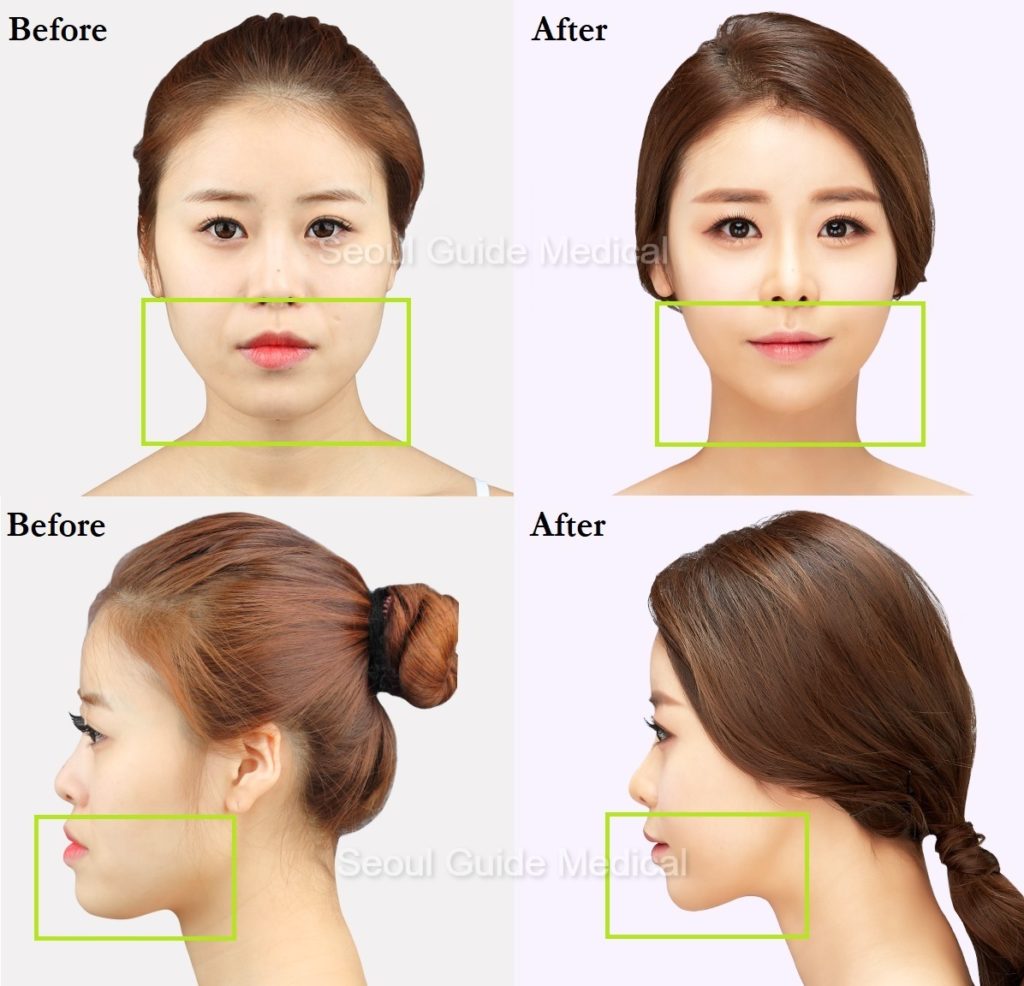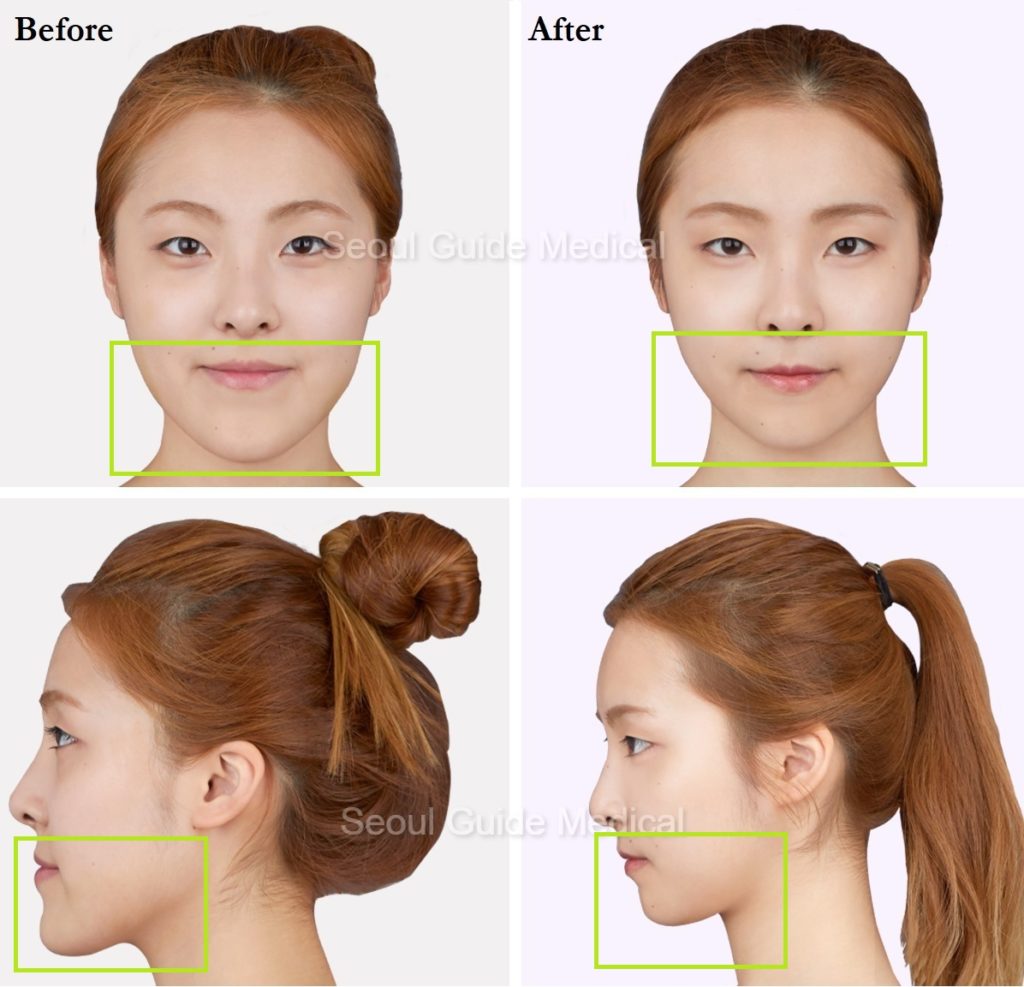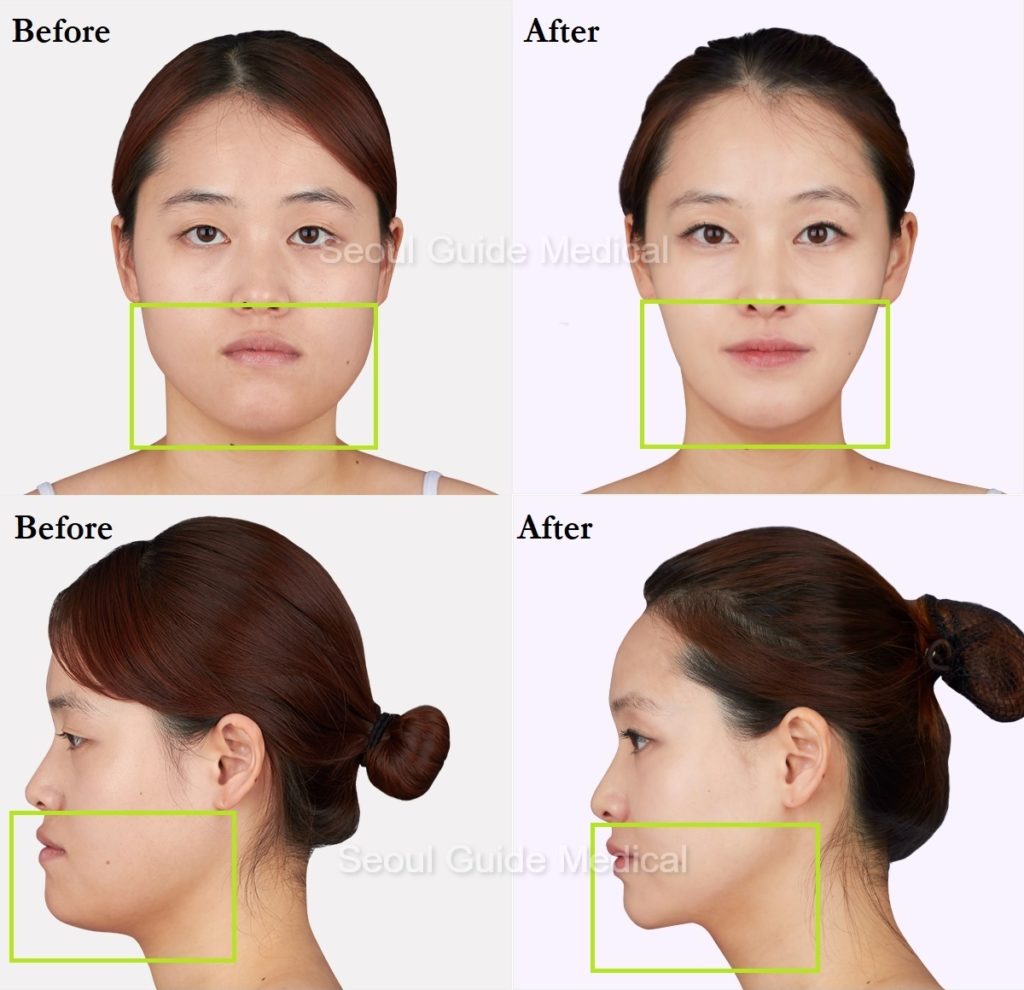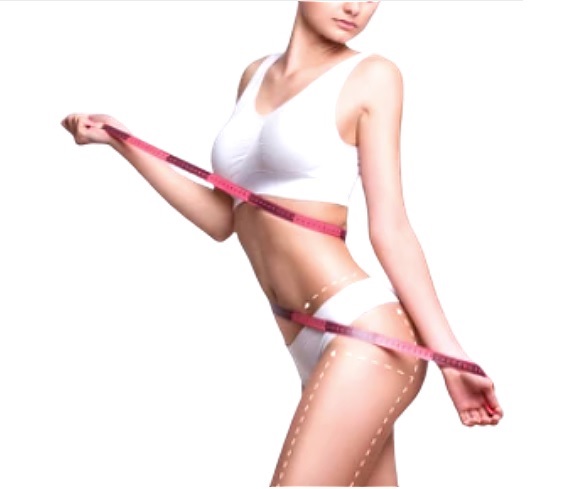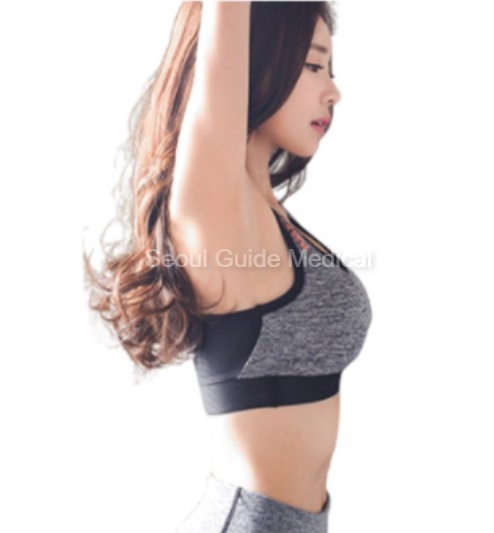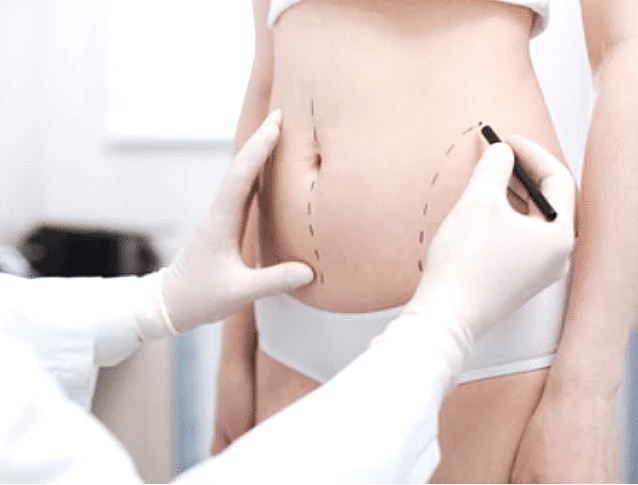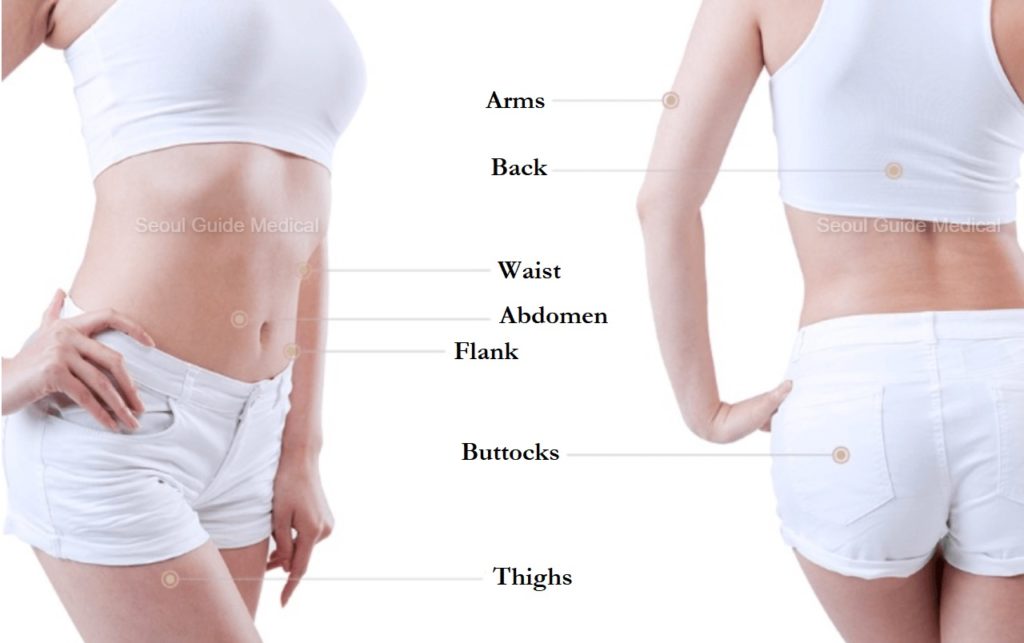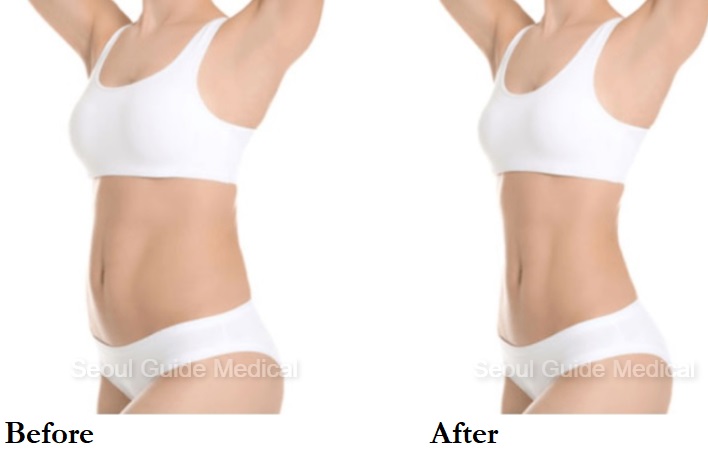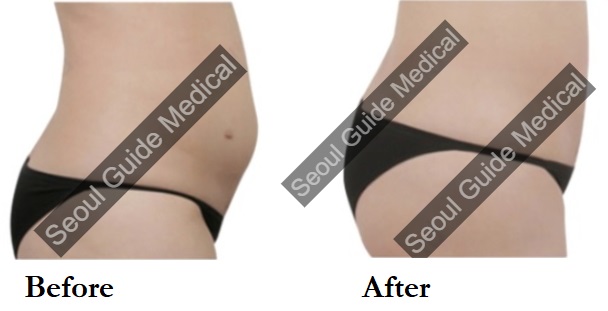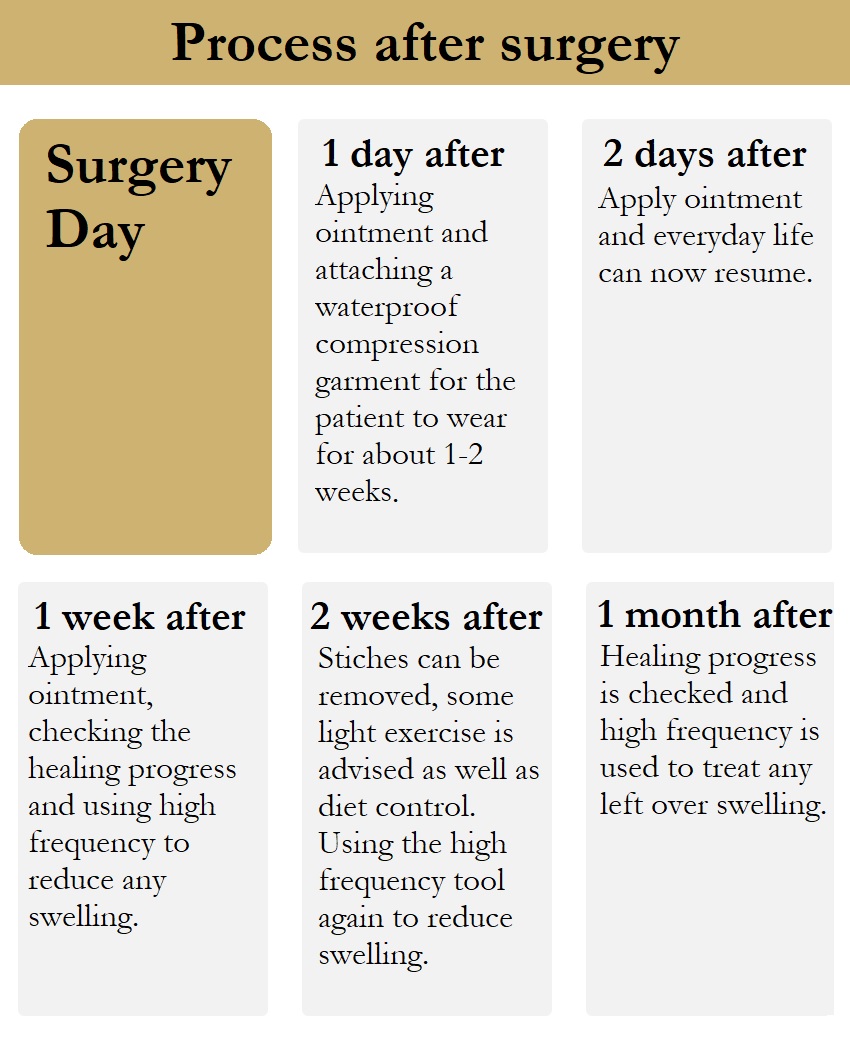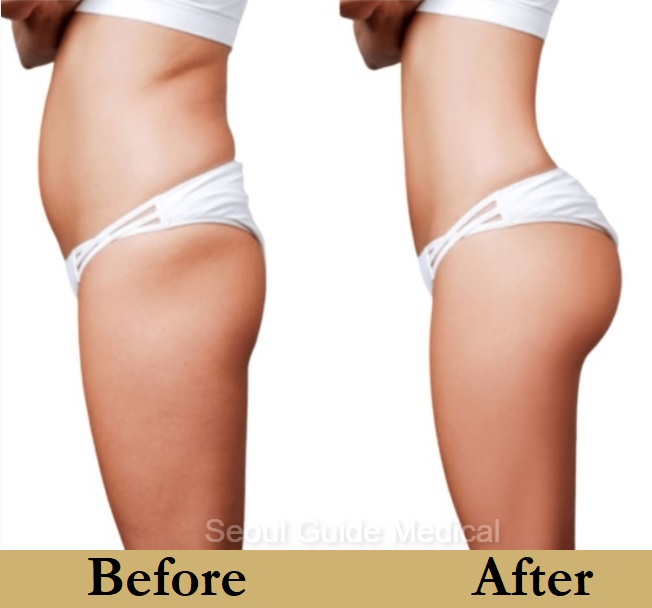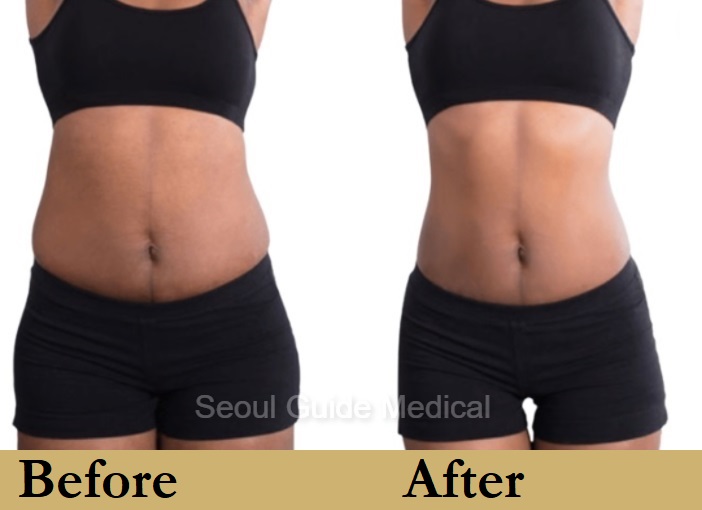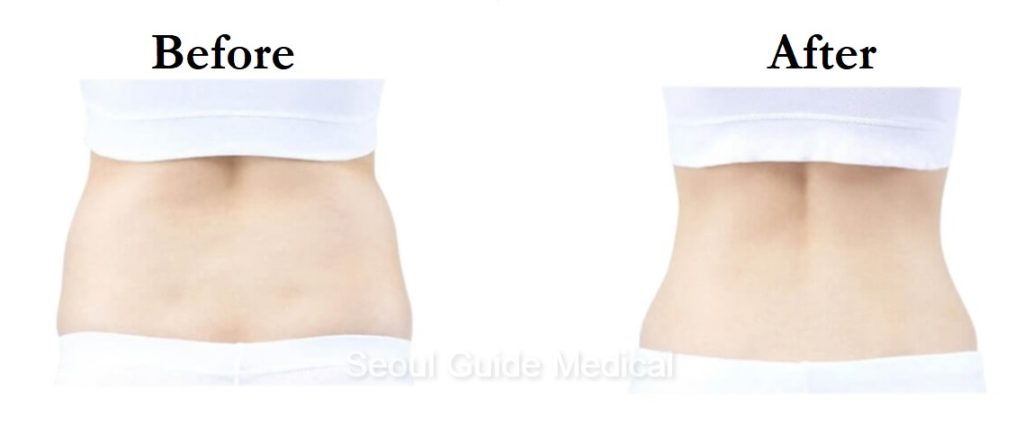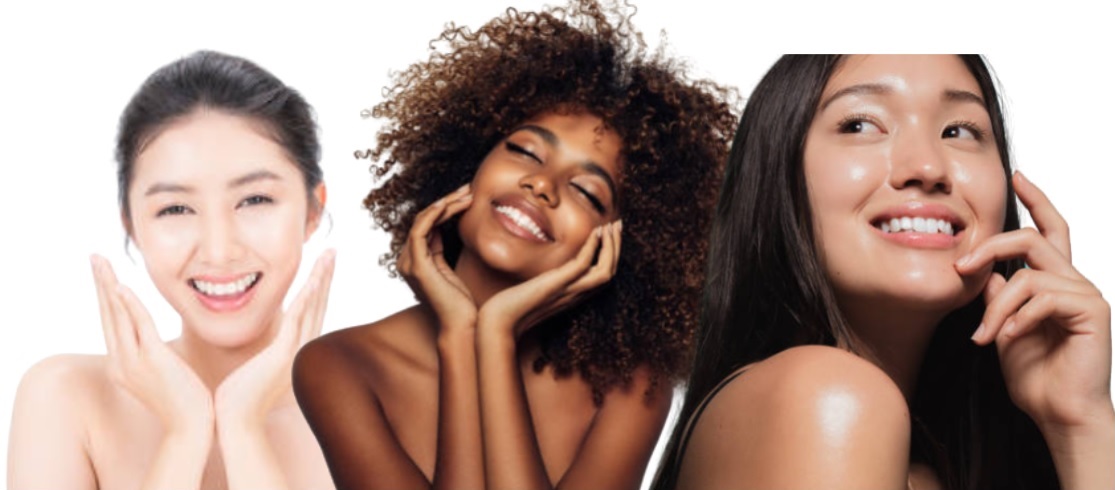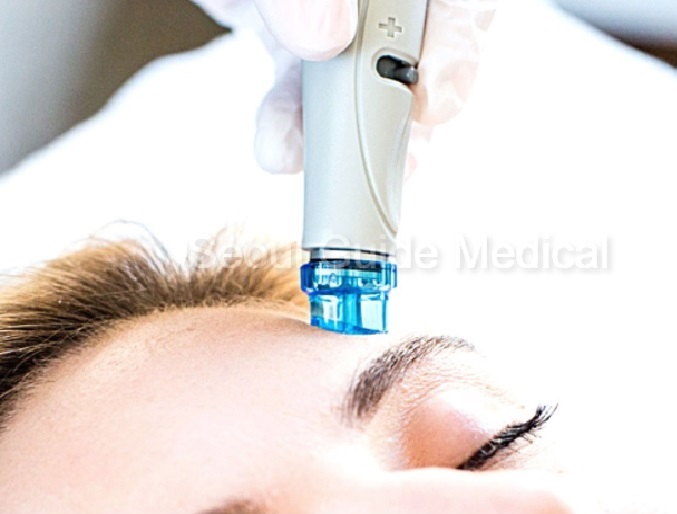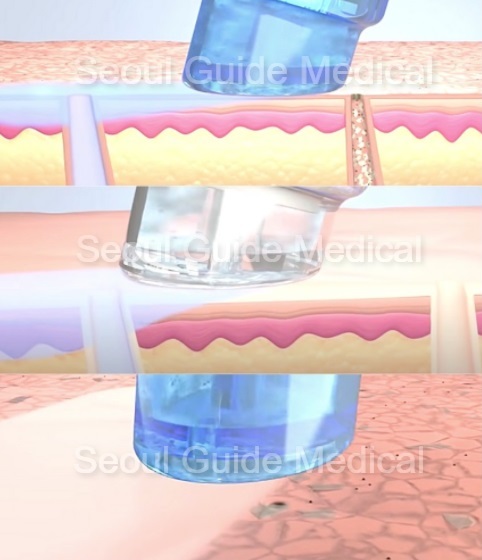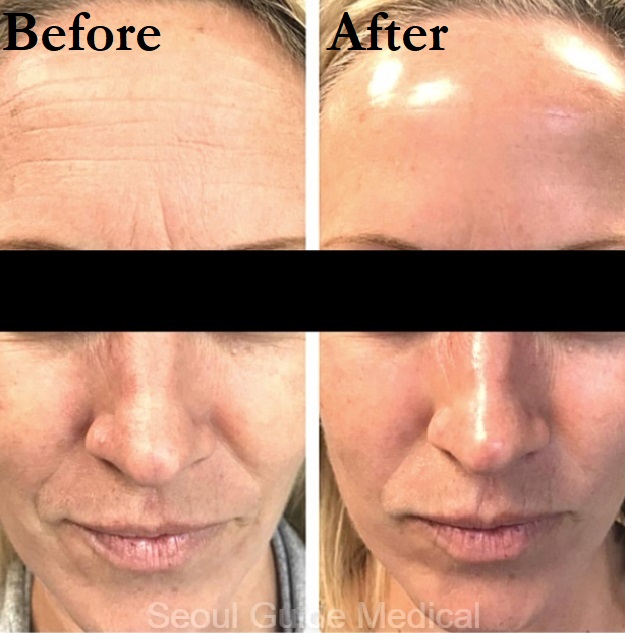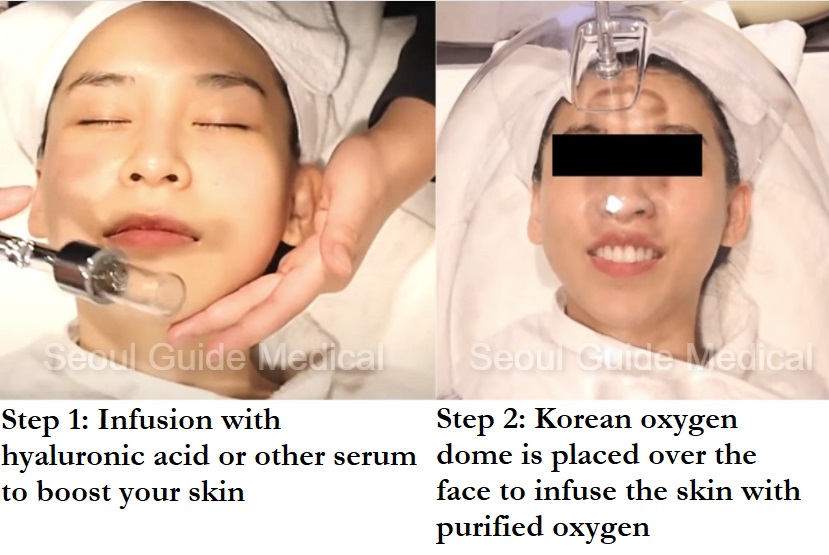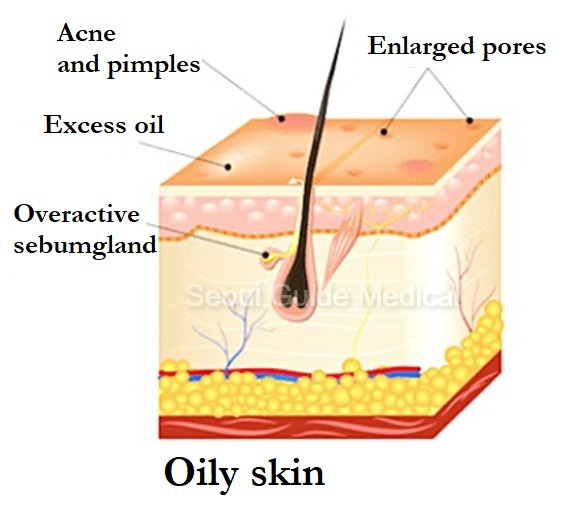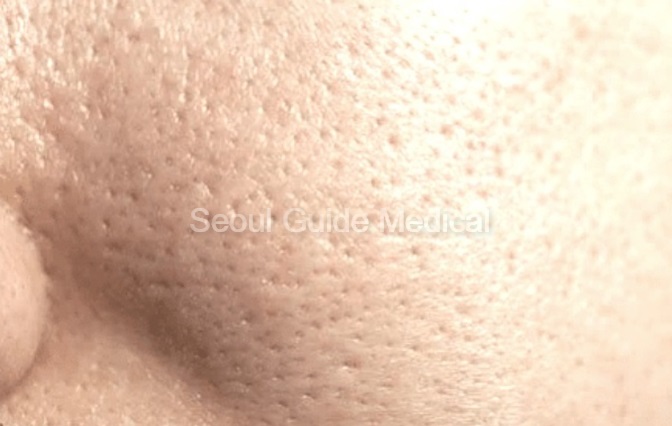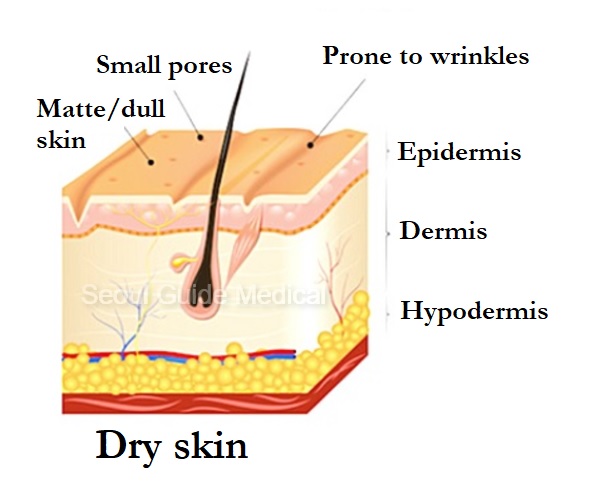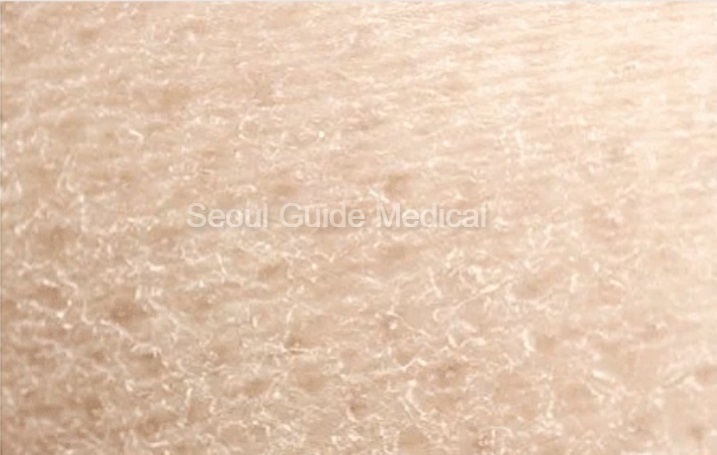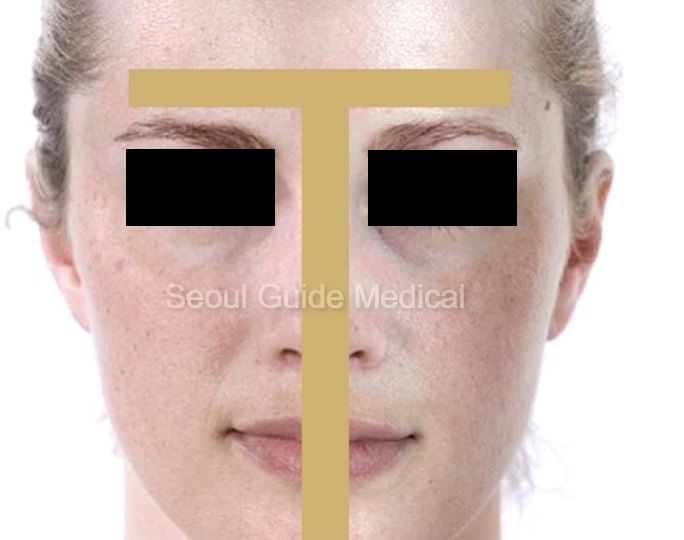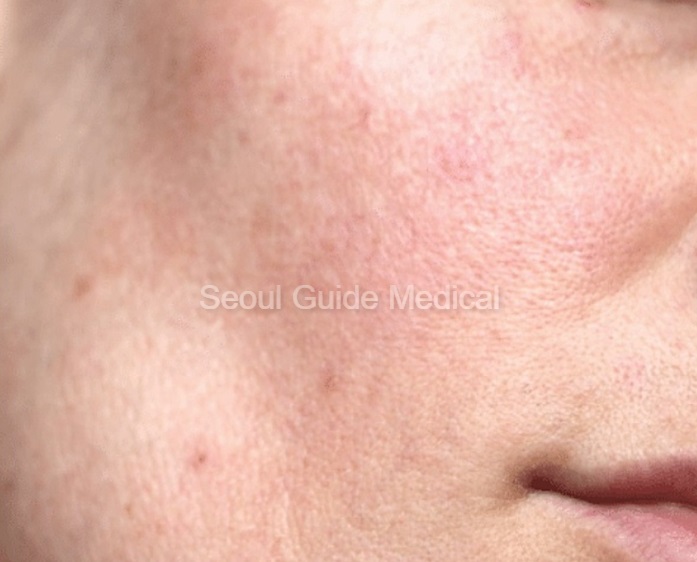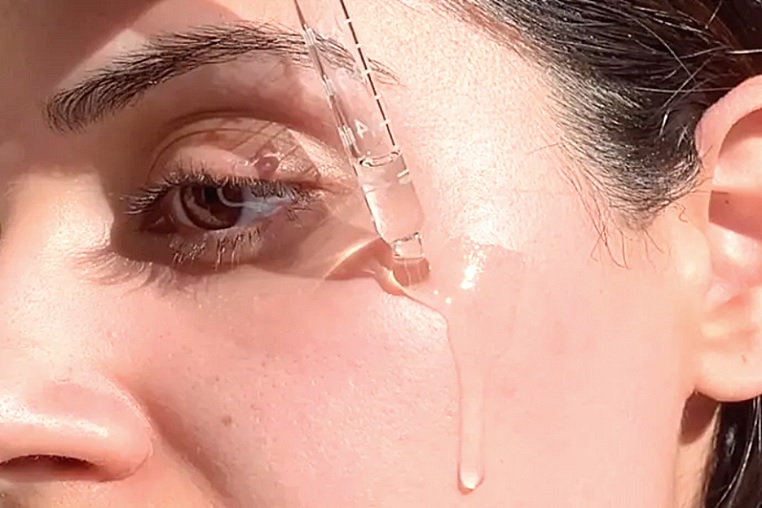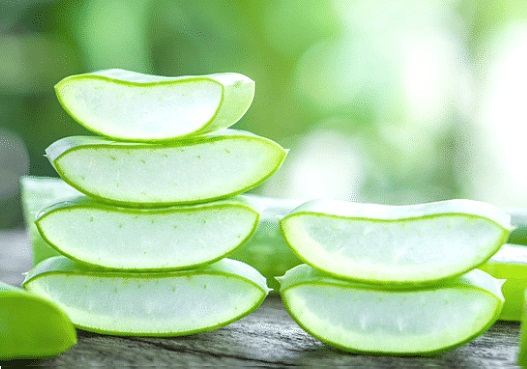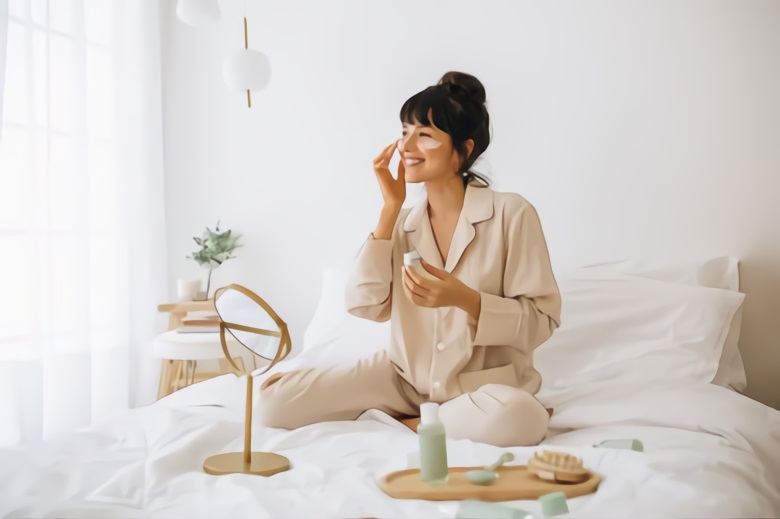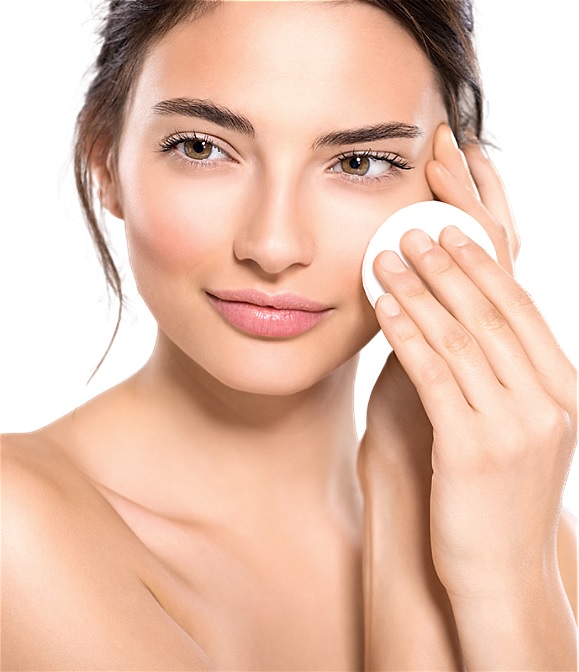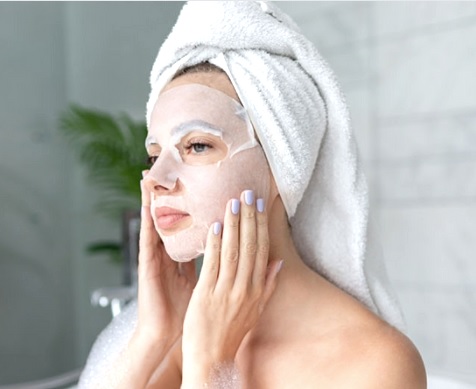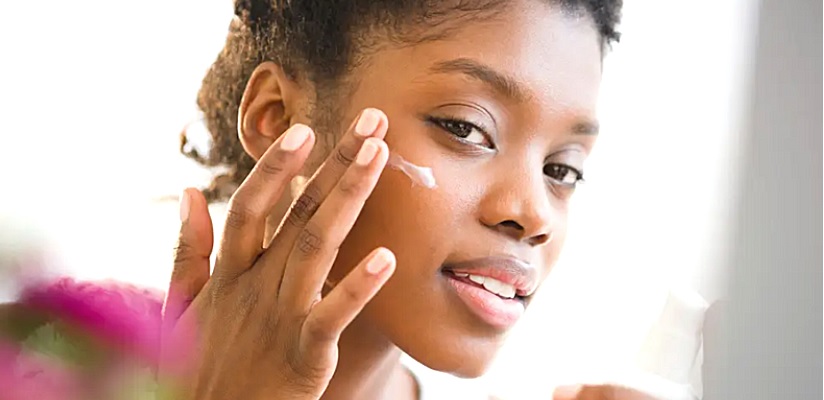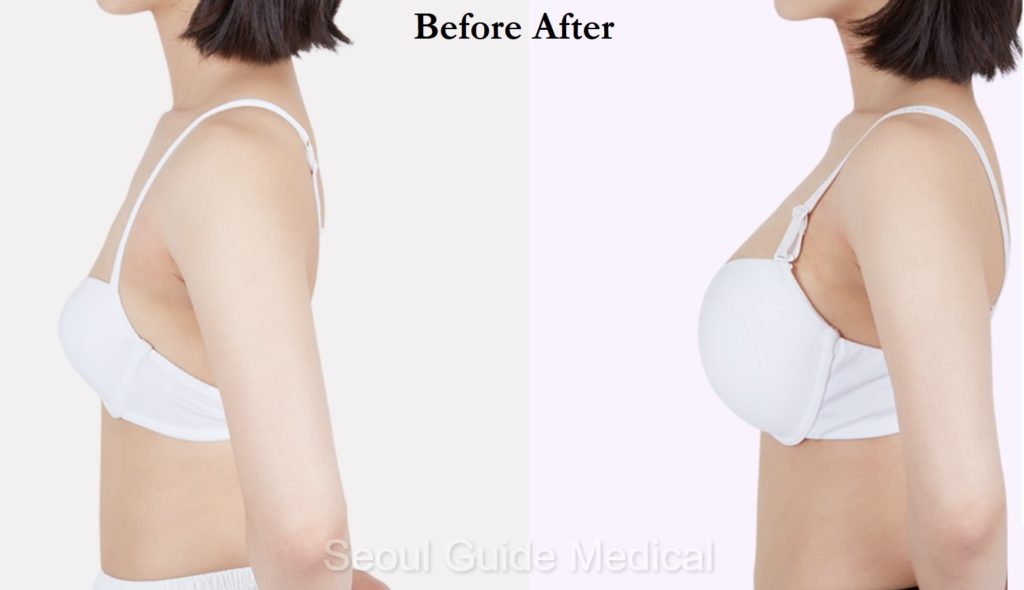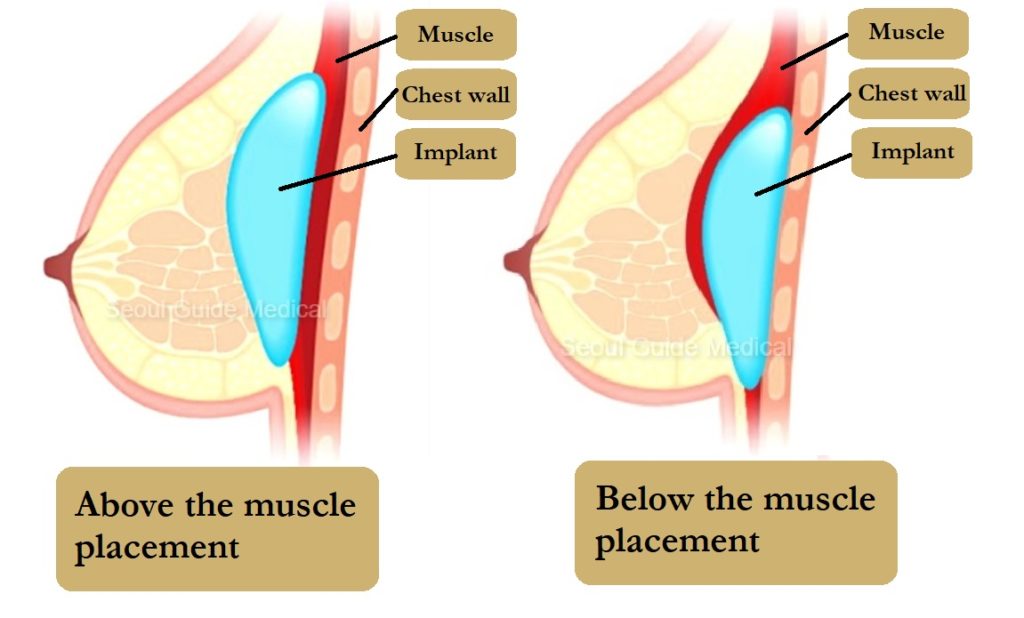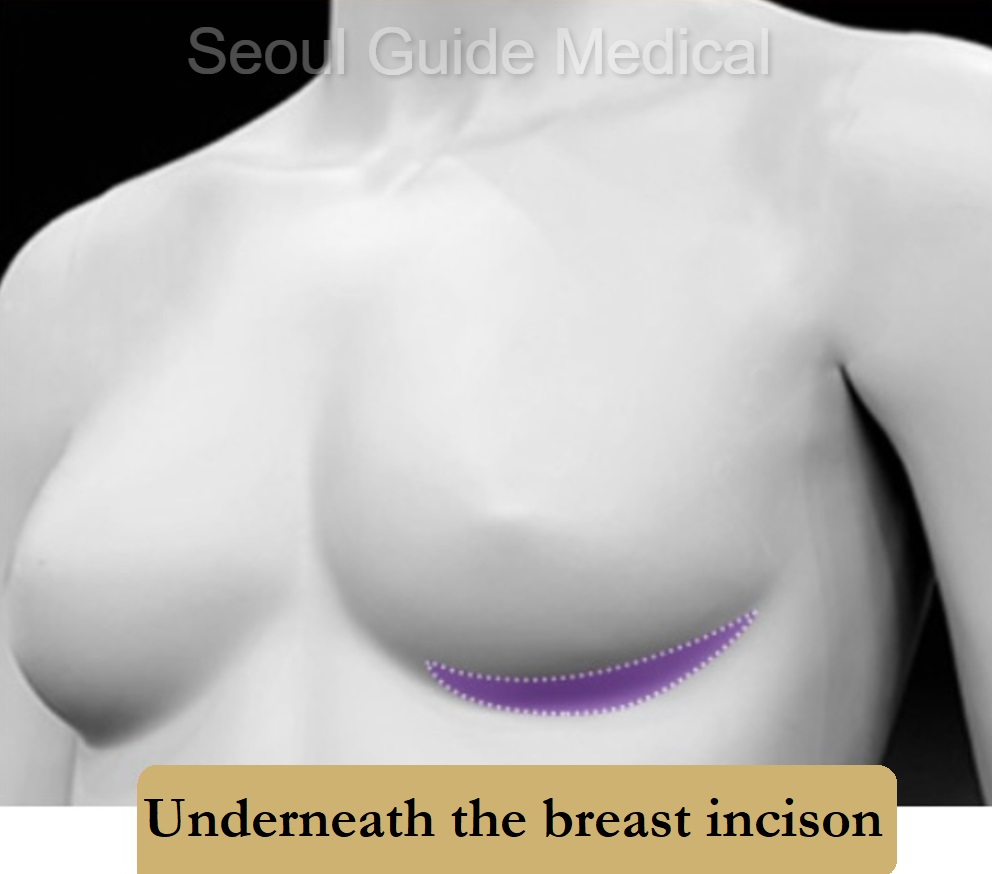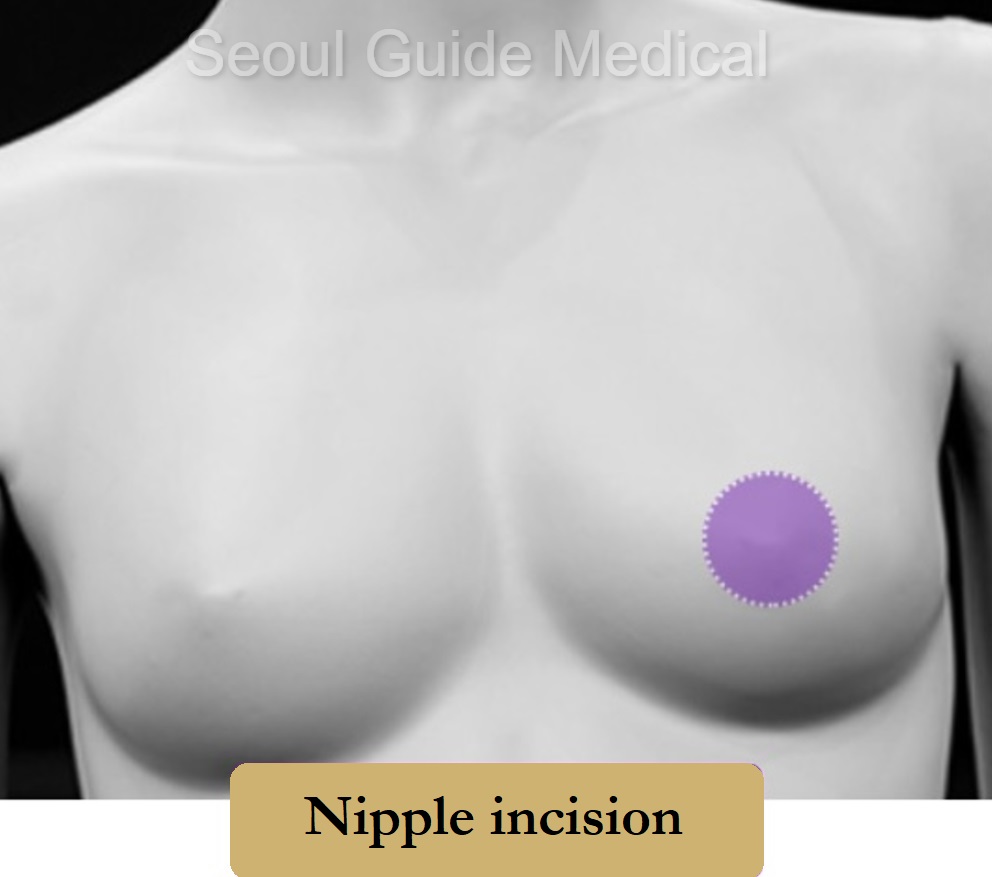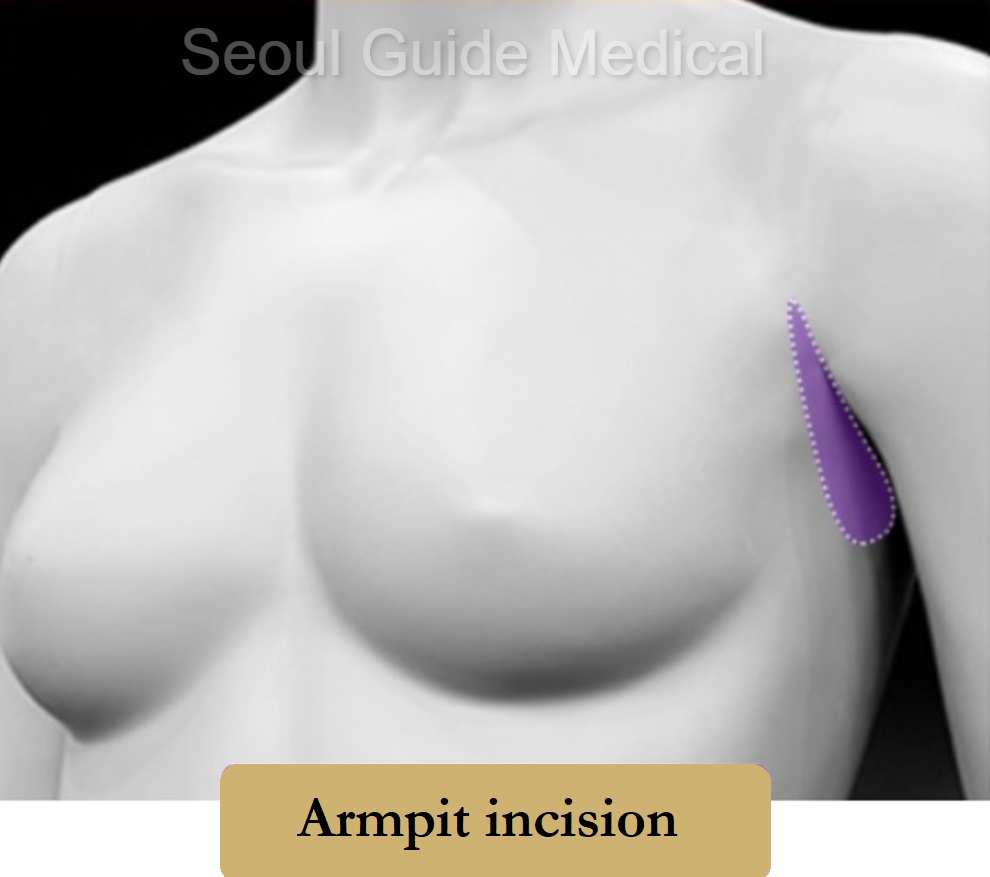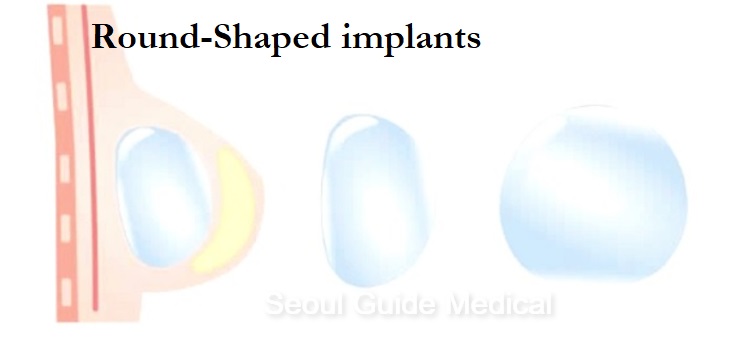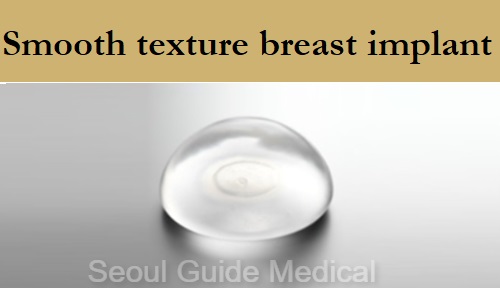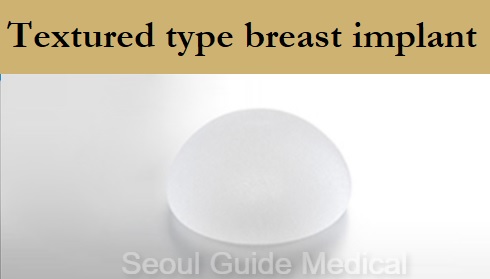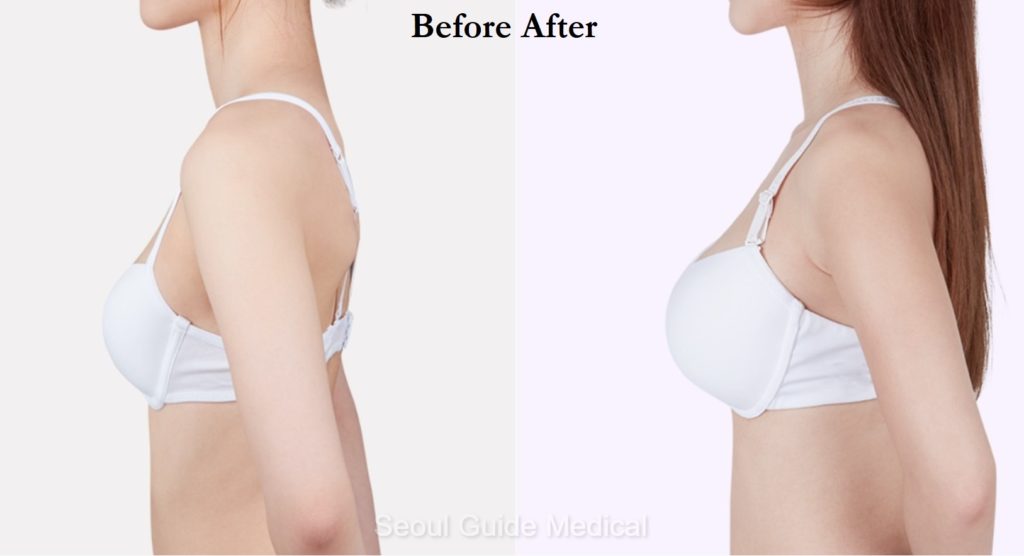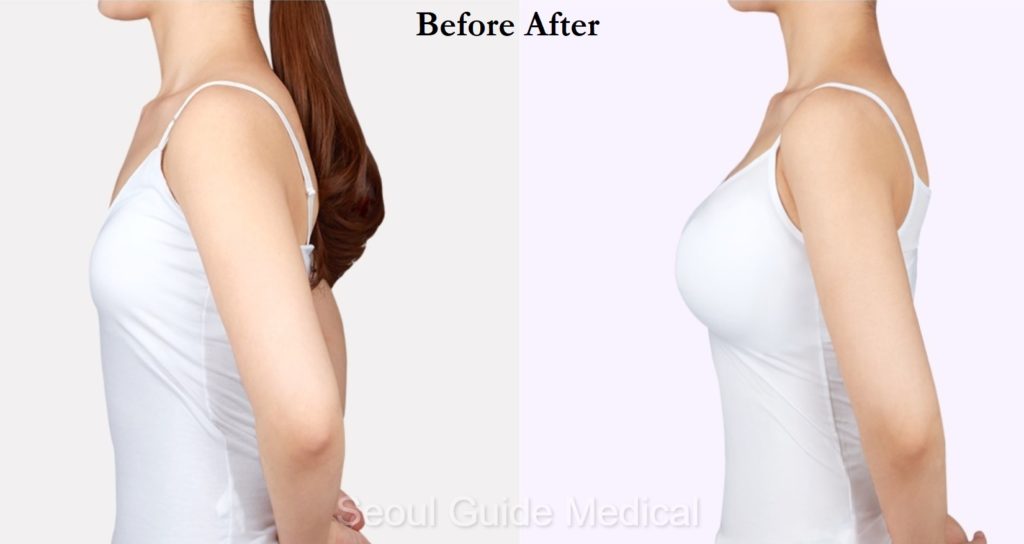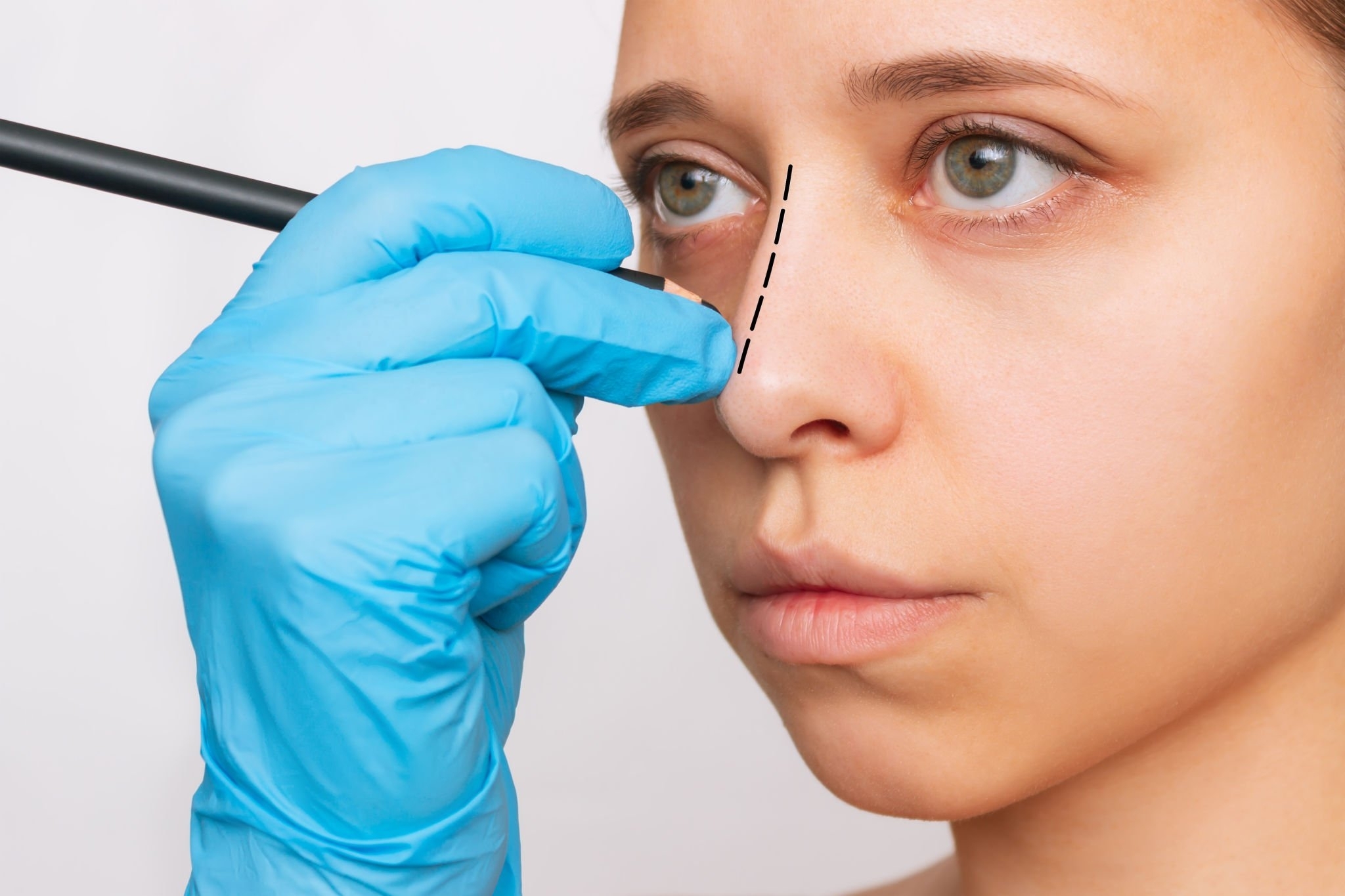

Rhinoplasty is a highly-popular and in-demand cosmetic procedure, and several people love to have it done in South Korea.
The popularity of rhinoplasty in South Korea is highly influenced by the Hallyu wave; the K-pop culture has shown the country’s beauty standards. Meanwhile, the high demand for rhinoplasty in Korea is due to its affordability, highly skilled plastic surgeons, and advanced medical technology.
If you plan to have a nose job in Korea, here are the things you need to know first.
Different Types of Rhinoplasty Procedures in Korea
There are several types of rhinoplasty you can have in Korea. You can consult a trusted plastic surgeon on which procedure fits your goals and individual needs. Here are some of the most common types of rhinoplasty procedures.
Non-Surgical Rhinoplasty
The non-surgical rhinoplasty (or liquid rhinoplasty) is a popular choice for those who only want a subtle change to their nose without going through an invasive procedure. This type of rhinoplasty uses a filler, usually hyaluronic acid or calcium hydroxyapatite, and injects it into a specific nose area.
Most people prefer this nose job in Korea because it is non-invasive and has minimal recovery time. You only have to stay for an hour to complete the procedure. However, you should note that this is only an alternative solution to traditional surgical rhinoplasty. Hence, its results are temporary and require regular touch-ups to maintain their appearance.
If you desire to reduce the size of your nose, non-surgical rhinoplasty is not the solution for you.
The cost of non-surgical rhinoplasty in South Korea may vary, but it averages from 700,000 KRW to 1,500,000 KRW or approximately 500 USD to 1,350 USD.
Non-surgical rhinoplasty is contraindicated for people who have nasal deformities or functional issues. You must consult a plastic surgeon to know if you are fit for the procedure. Seoul Guide Medical can help examine and discuss the nose job for you.
Closed Rhinoplasty
Closed rhinoplasty is a surgical technique also known as endonasal rhinoplasty. The technique reshapes the nose without any external incisions or visible scars. Surgeons create incisions inside the nostrils to access the underlying bone and cartilage.
The average cost of closed rhinoplasty in South Korea ranges from 4,000,000 KRW to 10,000,000 KRW, roughly equivalent to 3,000 USD to 8,000 USD. Prices vary depending on the procedure specifics, provider, and additional costs. Closed rhinoplasty is rarely done in Korea.
Open Rhinoplasty
Open rhinoplasty is another surgical technique that uses a direct approach to the underlying structures of the nose. It can address a wider range of aesthetic and functional concerns about the nose.
The average cost of open rhinoplasty in Korea is around 6,000,000 KRW to 12,000,000 KRW or approximately 5,200 USD to 10,500 USD. This is the most commonly done nose job in Korea.
What’s the difference between closed and open rhinoplasty?
The primary difference between a closed and open rhinoplasty is the incision location done during the procedure. In closed rhinoplasty, all the incisions are in the nostrils, making no visible external scars. It is an advantage for some patients but limits the surgeon’s ability to perform some procedures.
Meanwhile, open rhinoplasty allows the surgeon better access to the underlying nasal structures. It makes precise adjustments and more complex rhinoplasty procedures easier. However, open rhinoplasty leaves small external scars that may be very subtle and well-concealed.
Several nose job procedures can be performed using closed and open rhinoplasty. Here are the common procedures that can be done with these techniques:
- Nasal tip reshaping
- Nasal hump reduction
- Nasal bridge narrowing
- Septoplasty
- Alar base reduction
The choice between which rhinoplasty procedure to do may depend on your individual needs and goals and the surgeon’s recommendation of which approach is best for you. If you want a consultation, you can contact Seoul Guide Medical to know which type of rhinoplasty procedure suits you best.
Revision Rhinoplasty
Have you had a previous rhinoplasty procedure? People who had unsatisfactory results undergo revision rhinoplasty. Revision rhinoplasty is also called a secondary rhinoplasty to correct complications or adjust any previous changes to make it more aligned with your needs and goals.
Some of the most common nose jobs that can be performed through the revision rhinoplasty technique are:
- Correction of asymmetry
- Repair of functional problems
- Nasal tip refinement
- Augmentation or reduction of the nasal bridge
- Alar base modification
- Scar revision
In some cases, plastic surgeons use cartilage from your body to rebuild the nasal structure. When the revisions are done, the surgeon will close the incisions and apply a cast or splint to support your nose as it heals.
Revision rhinoplasty in Korea has an average cost of 10,000,000 KRW to 20,000,000 KRW or roughly estimated 8,700 USD to 17,500 USD. This nose job is more complex than the other procedures. Choose a surgeon with significant experience in the procedure to achieve the best possible results.
Benefits of Rhinoplasty in Korea
While rhinoplasty is performed in several countries, Korea has become a popular destination for individuals who seek a nose job. These are the potential benefits of having rhinoplasty in Korea:
- Affordable prices. The costs of a nose job in Korea may vary depending on the procedure and surgeon, but it is more affordable than having them in other countries, such as Europe and the United States.
- Advanced medical technology and facilities. South Korea is known to have a well-developed healthcare system. As the largest cosmetic surgery procedures per capita worldwide, Korean plastic surgeons and clinics, like Seoul Guide Medical, are expected to be at the forefront of new and innovative techniques for rhinoplasty and other cosmetic procedures.
- Experienced and skilled plastic surgeons. Korea has the best plastic surgeons; several have extensive training and experience in rhinoplasty and other cosmetic procedures.
- Access to a variety of rhinoplasty techniques. Korean cosmetic clinics and facilities offer several procedures and types of rhinoplasty. There is no limit to which cosmetic surgery to choose from that can tailor to your specific needs and goals.
Although there are several benefits to having Korean rhinoplasty, you should still carefully consider the potential drawbacks of having a nose job in Korea. Check on the things you have to consider.
Factors to Consider Before Getting Rhinoplasty in Korea
Cosmetic surgery in Korea is widely accepted in their culture and is often seen as a way to improve one’s appearance and boost self-confidence. You have several factors to consider before getting a nose job in Korea.
- Surgeon qualifications. Research the qualifications and experience of the plastic surgeon who will perform the rhinoplasty. Look for a board-certified surgeon who has extensive experience in performing rhinoplasty.
- Type of rhinoplasty procedure. Consult the type of rhinoplasty that best fits your needs and goals.
- Cost. It may vary depending on the procedure, surgeon, and clinic. Research the costs of different clinics and procedures to know which fits within your budget. You can prefer the estimated costs for each type of rhinoplasty procedure in the table below.
|
Type of Rhinoplasty Procedure |
Estimated Cost |
| Non-surgical rhinoplasty | 700,000 KRW to 1,500,000 KRW (500 USD to 1,350 USD) |
| Closed rhinoplasty | 4,000,000 KRW to 10,000,000 KRW (3,500 USD to 8,000 USD) |
| Open rhinoplasty | 6,000,000 KRW to 12,000,000 KRW (5,200 USD to 10,500 USD) |
| Revision rhinoplasty | 4,000,000 KRW to 10,000,000 KRW (8,700 USD to 17,500 USD) |
- Recovery time. Some nose jobs require a more extended recovery period. You must consider the time to take off work or avoid certain activities. Make sure to know the recovery period of your procedure and plan accordingly.
- Language barrier. Although several clinics in Korea have English-speaking staff, there may still be some communication barriers. Make sure to clarify and ask about your concerns before the procedure to avoid any misunderstandings.
- Travel logistics. If traveling from outside Korea, you must consider the flights, accommodations, and transportation costs.
Contact Seoul Guide Medical to help you find an experienced plastic surgeon for your rhinoplasty; they are affiliated with the top dermatology clinics in Korea. You will not have any communication problems as they have English-speaking staff to walk you through the procedures to avoid misunderstandings.
Final Takeaway
It is essential to thoroughly research your options and know your expectations before getting a nose job in Korea. The language barrier and traveling to a foreign country are the major concerns for some. These concerns can be easily resolved by consulting with Seoul Guide Medical. We are a reputable medical tourism service provider with English-speaking staff who can accommodate locals and foreigners. Contact us and schedule a consultation to discuss your concerns about rhinoplasty.
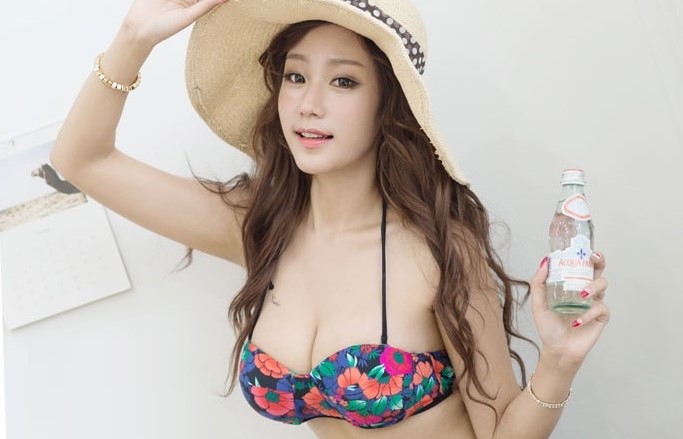









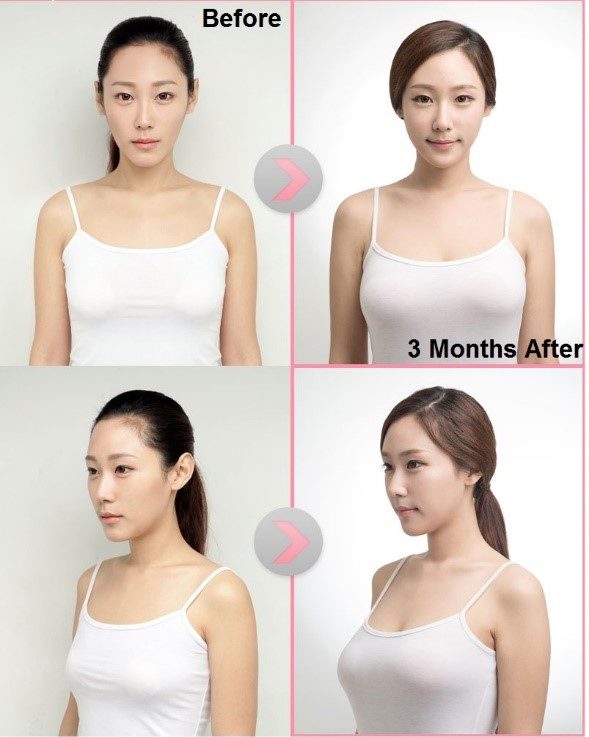 As leaders in medical plastic surgery tourism in Korea,
As leaders in medical plastic surgery tourism in Korea, 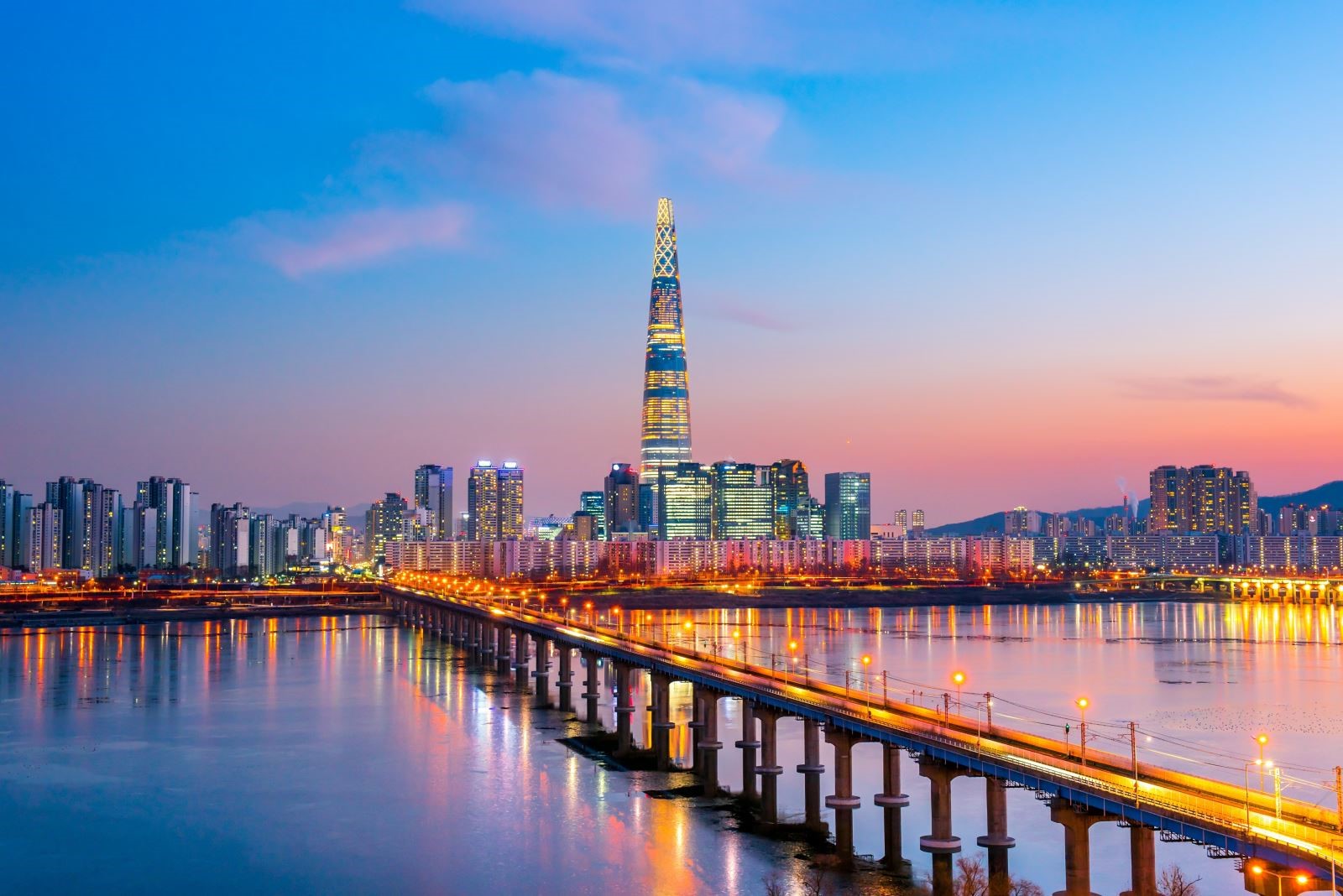
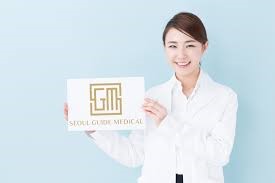

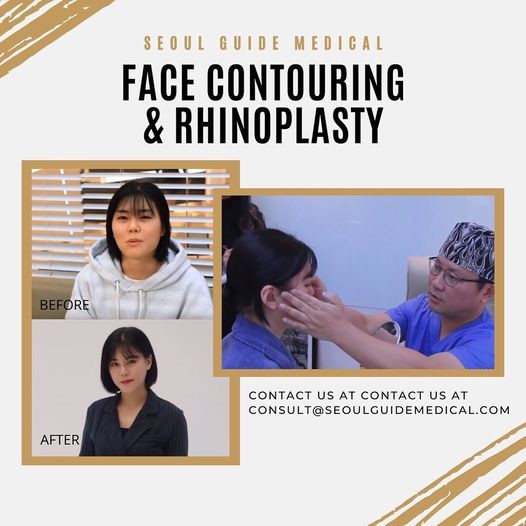
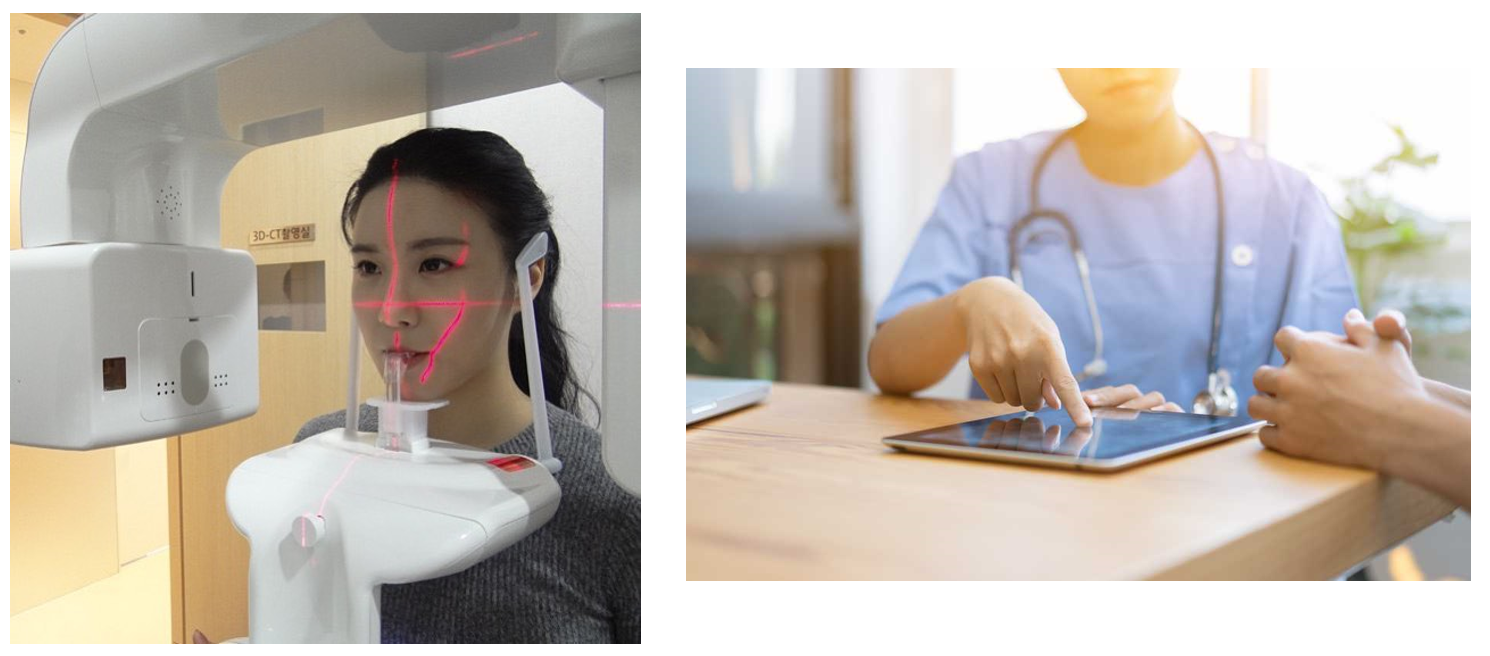
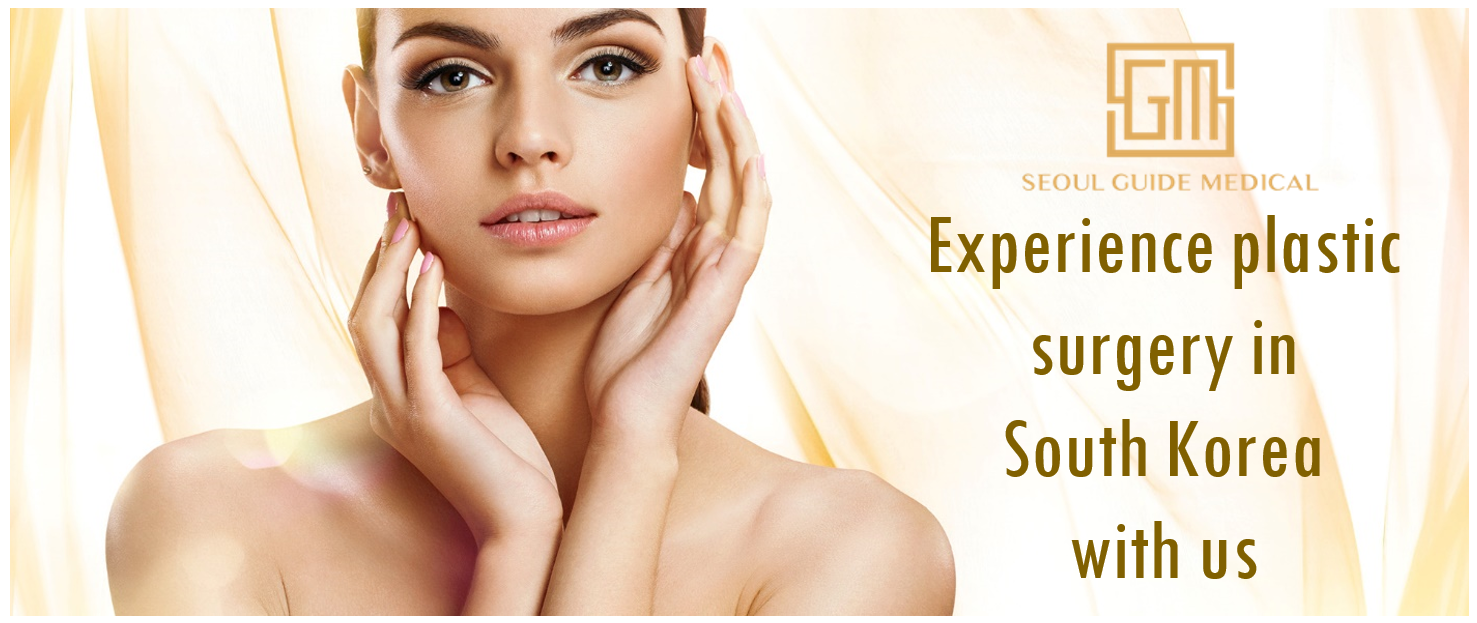
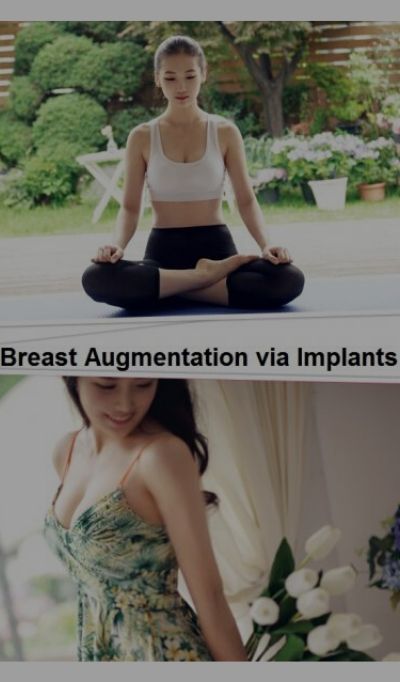
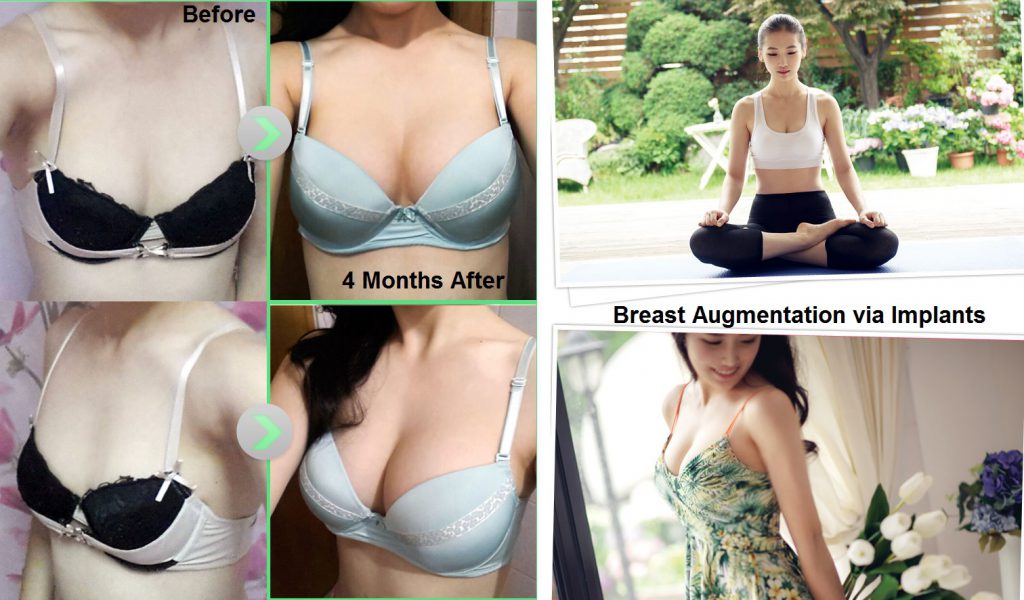
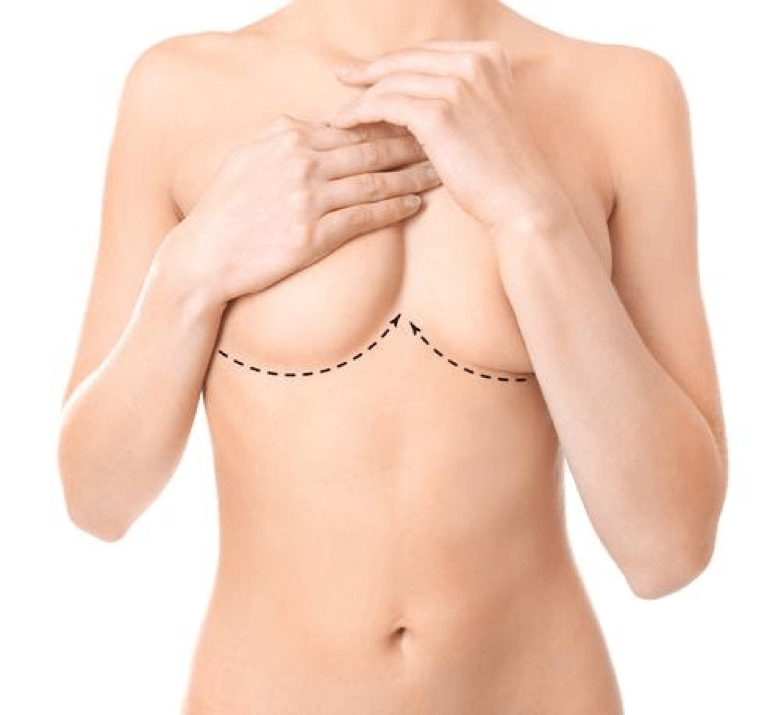

 Every Breast Augmentation Incision has a different approach while being performed. Depending on the type, size, and shape, the procedure process varies from patient to patient using the most suitable implant insertion technique. All incisions are marked before applying general anesthesia. The incision is closed using sutures.
Every Breast Augmentation Incision has a different approach while being performed. Depending on the type, size, and shape, the procedure process varies from patient to patient using the most suitable implant insertion technique. All incisions are marked before applying general anesthesia. The incision is closed using sutures.